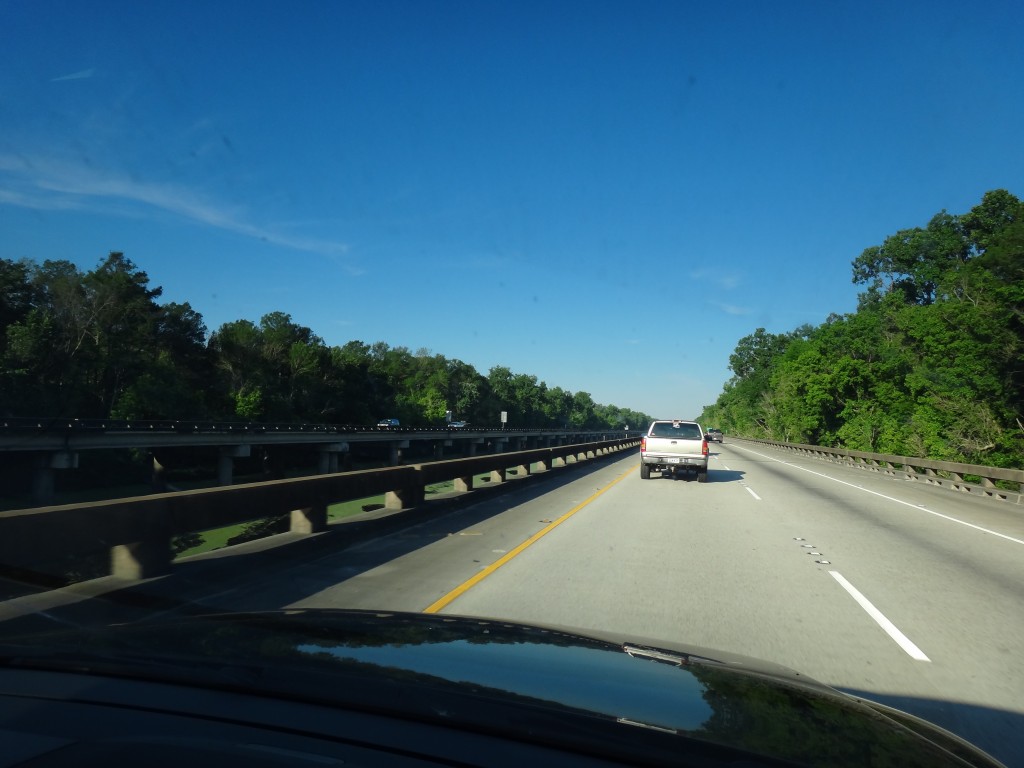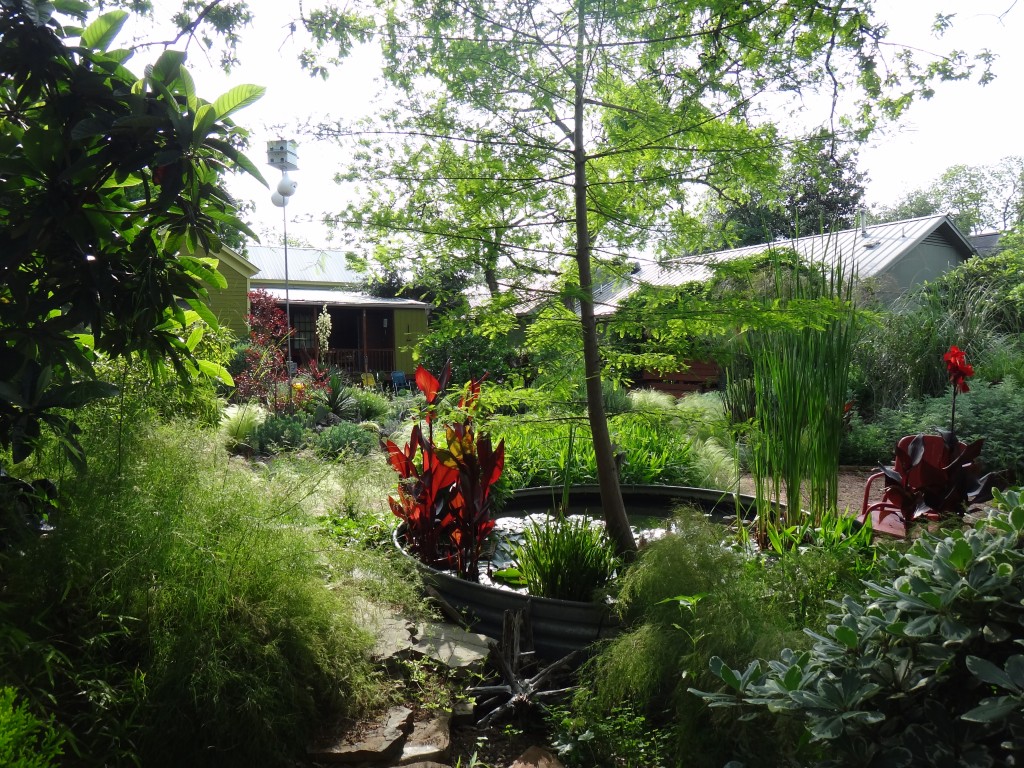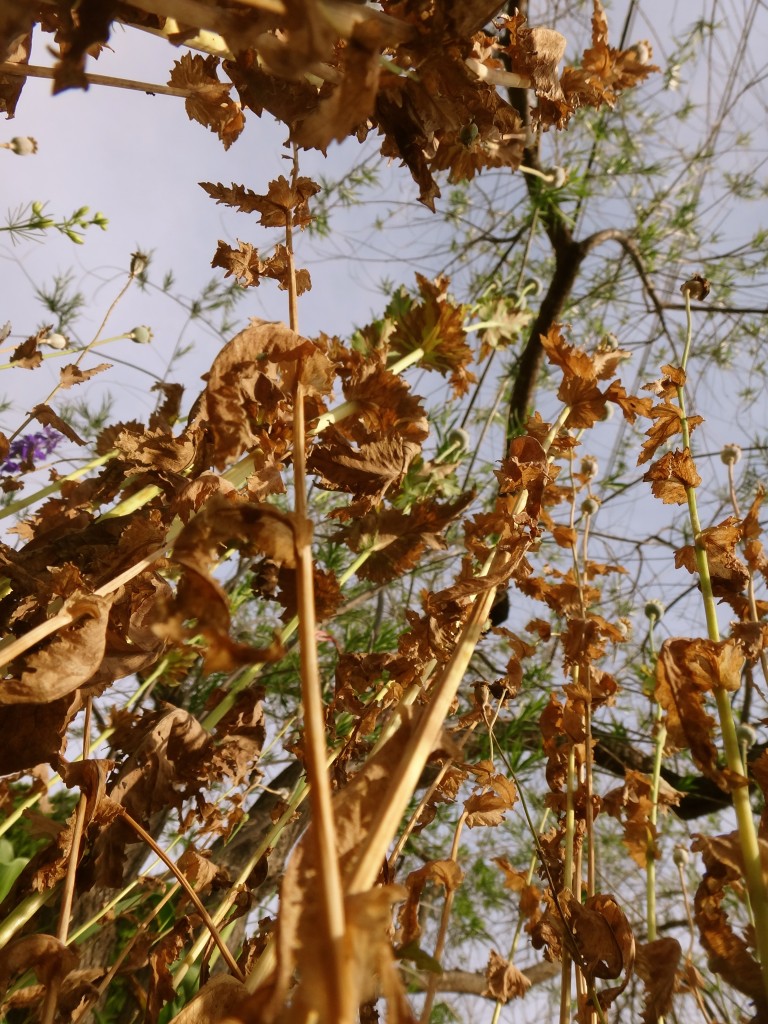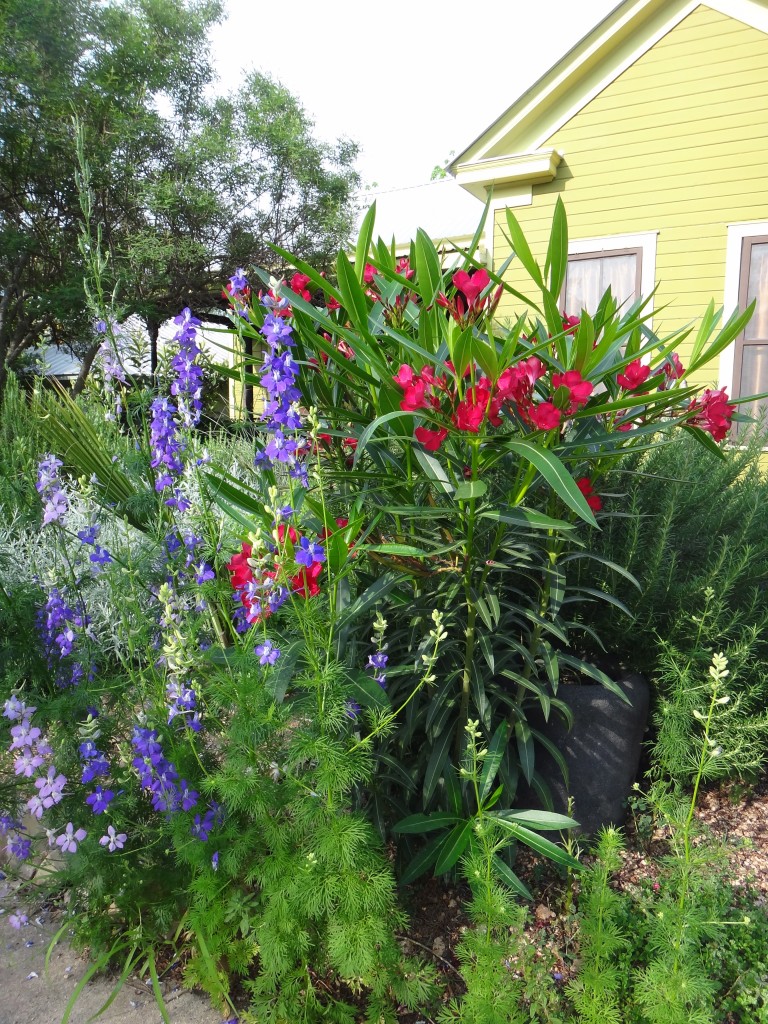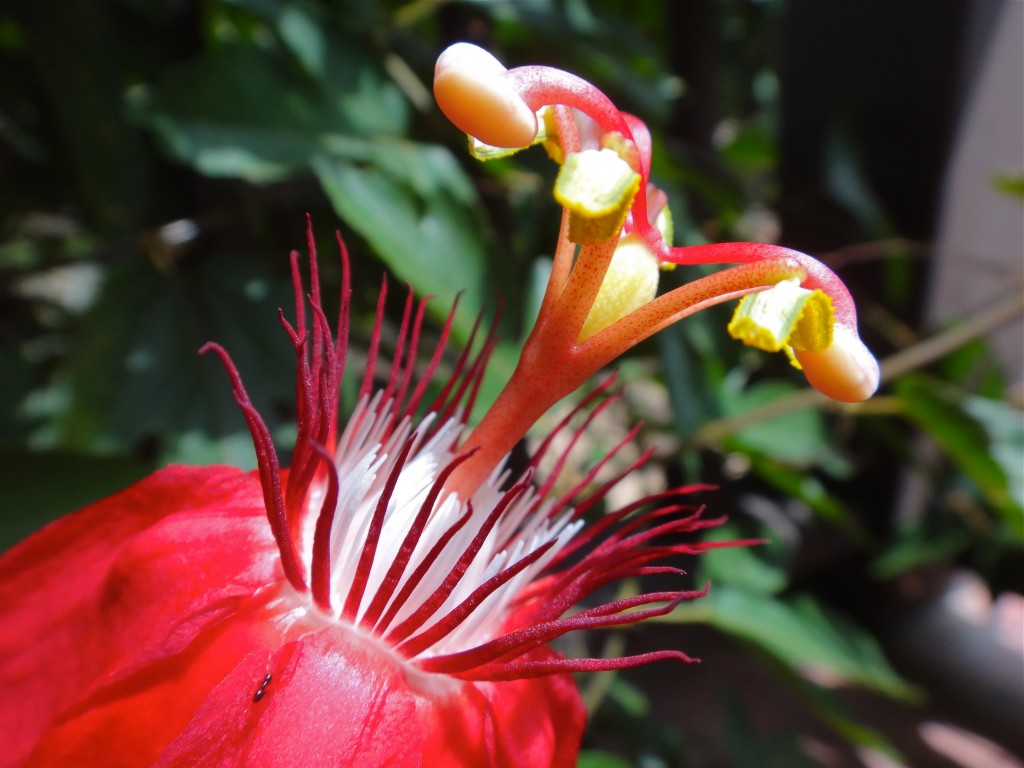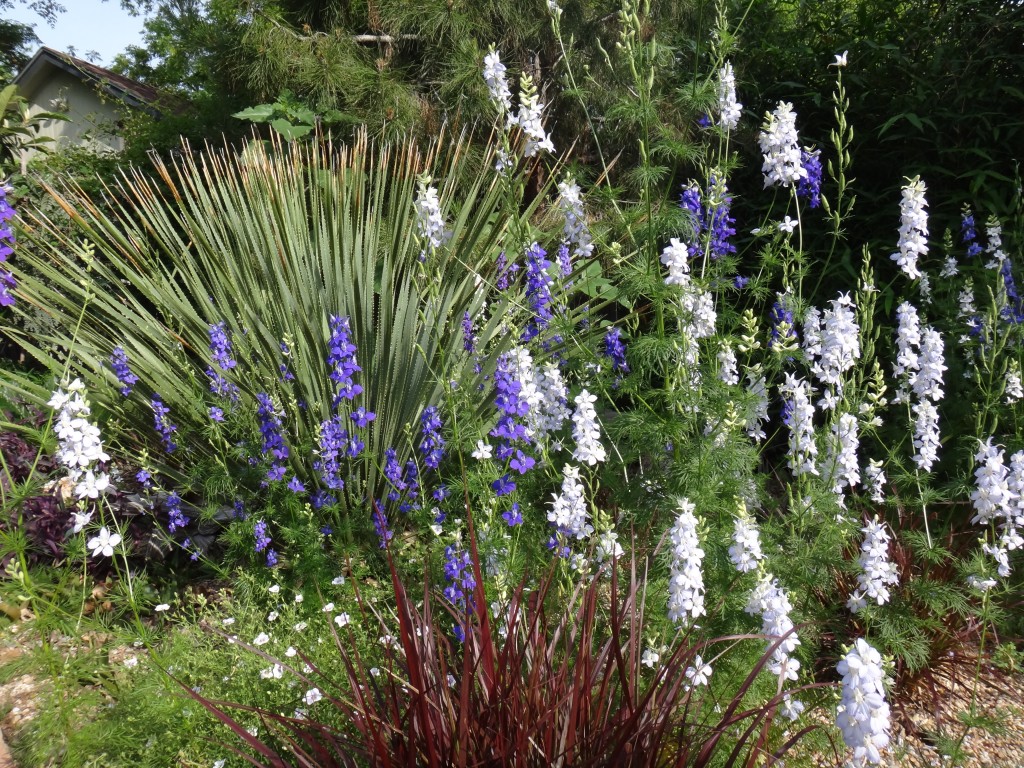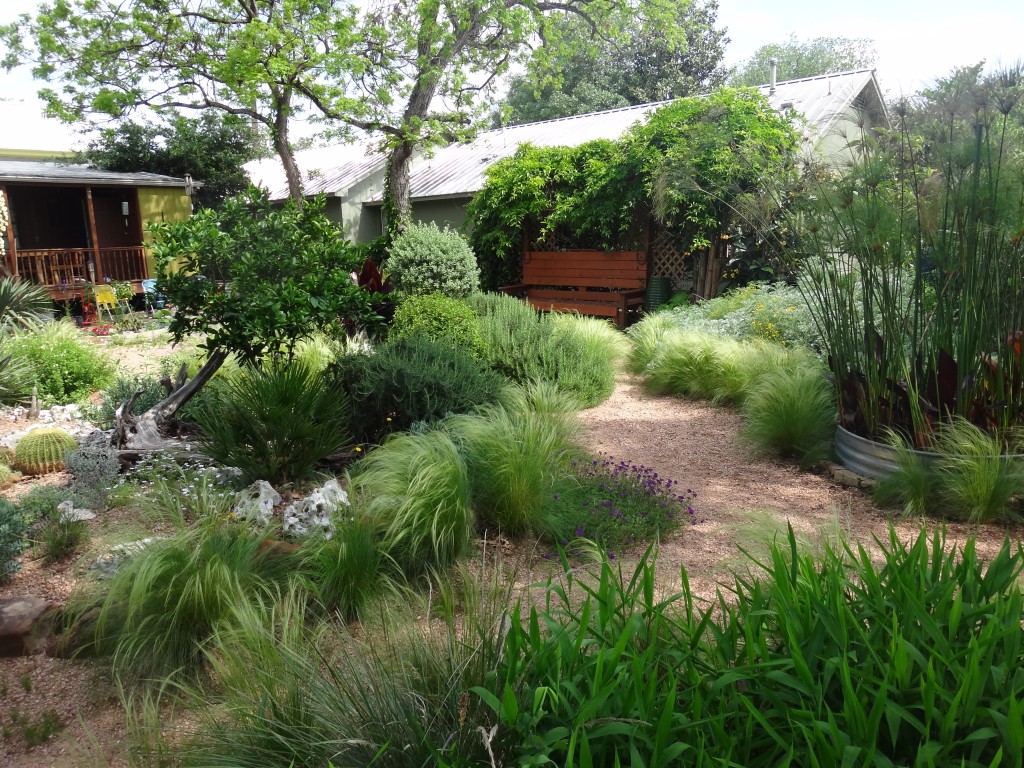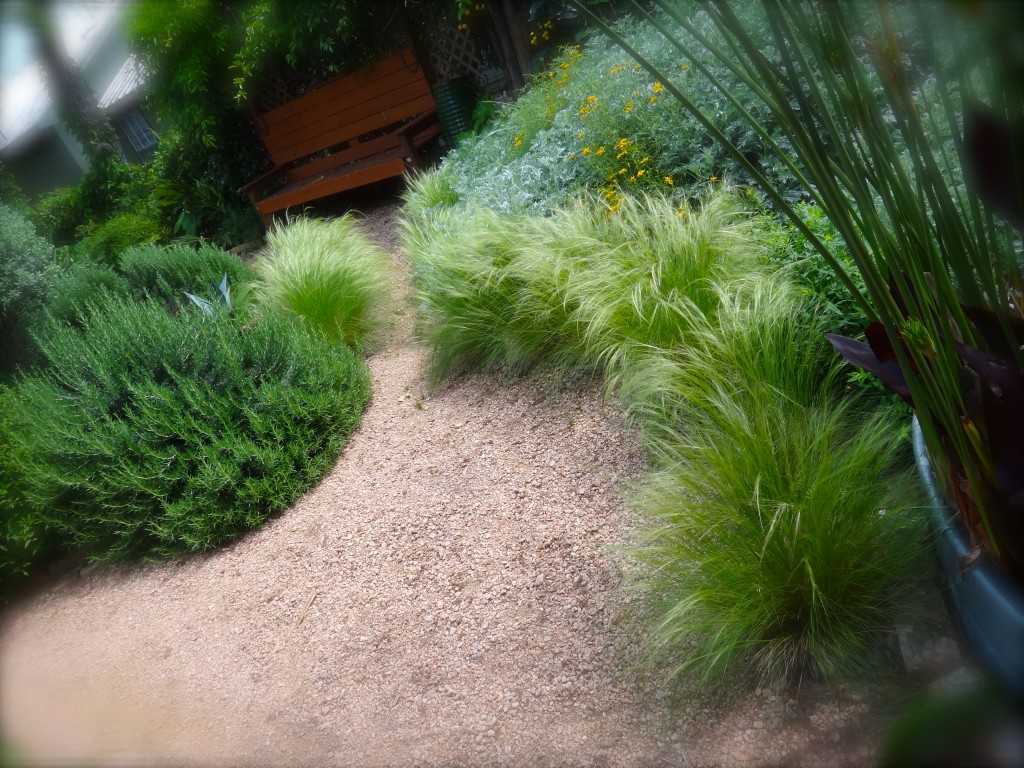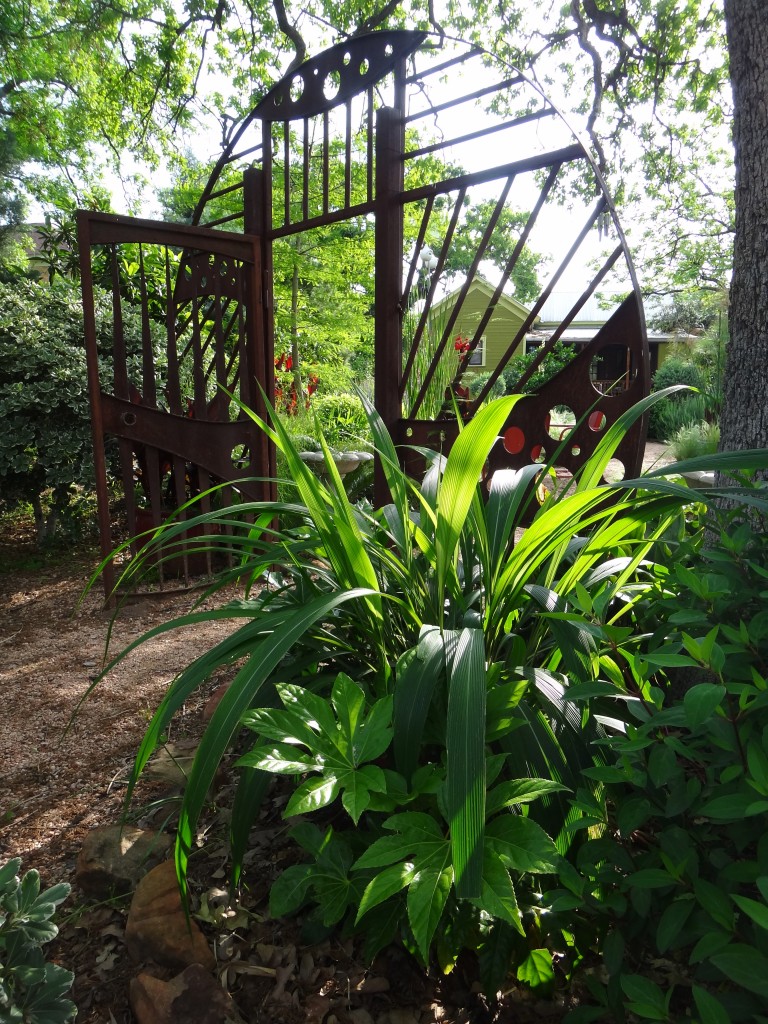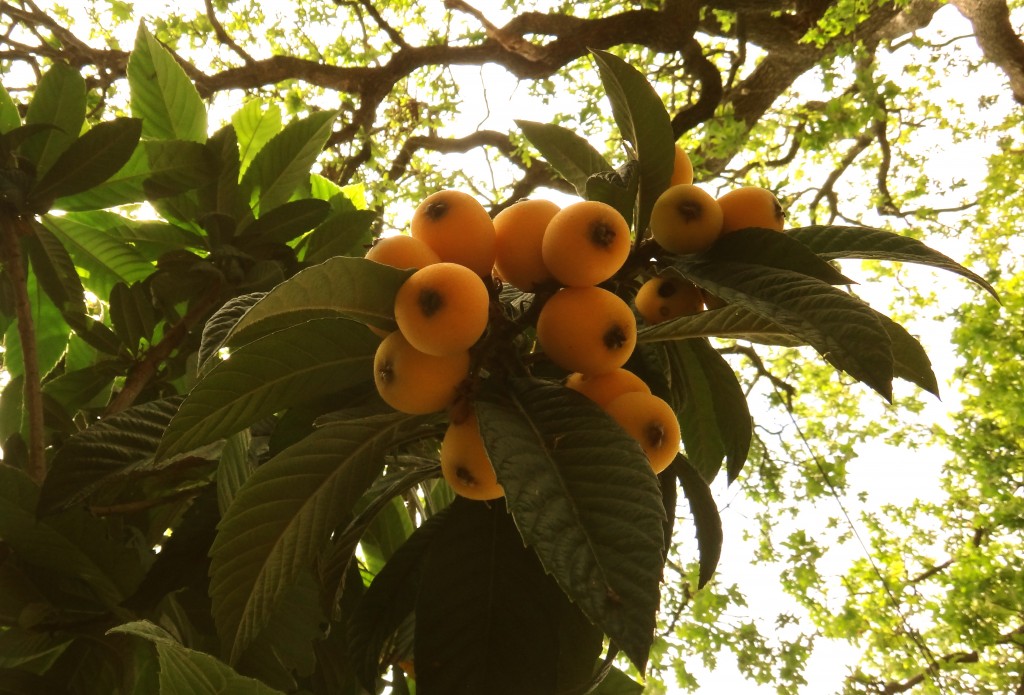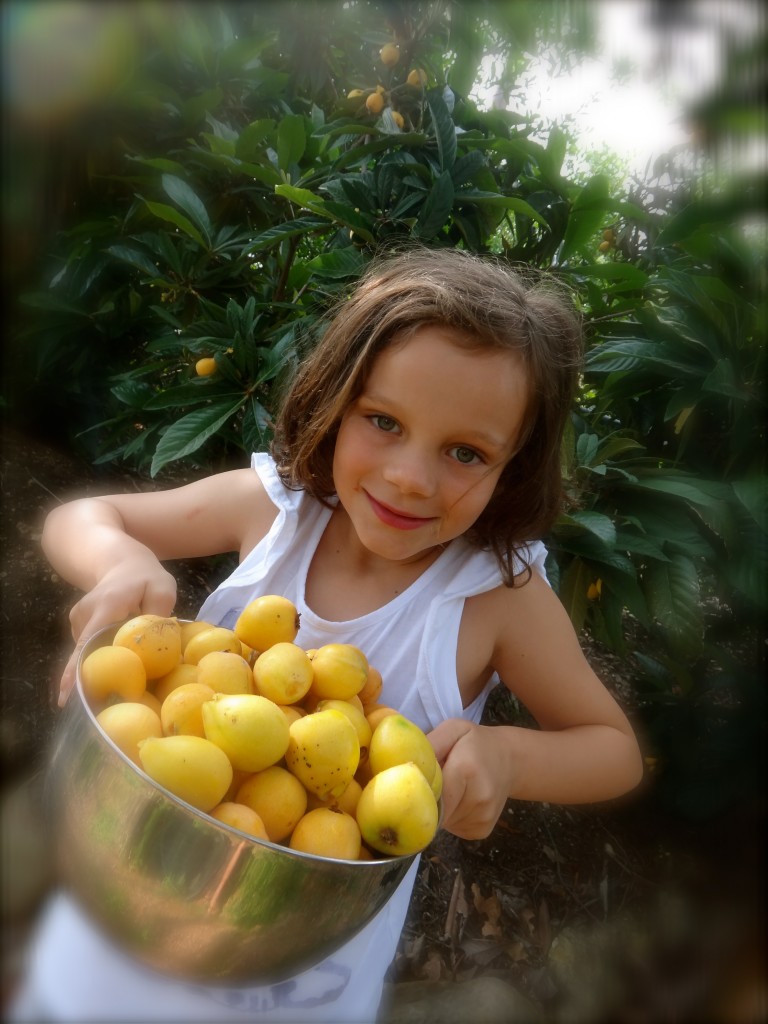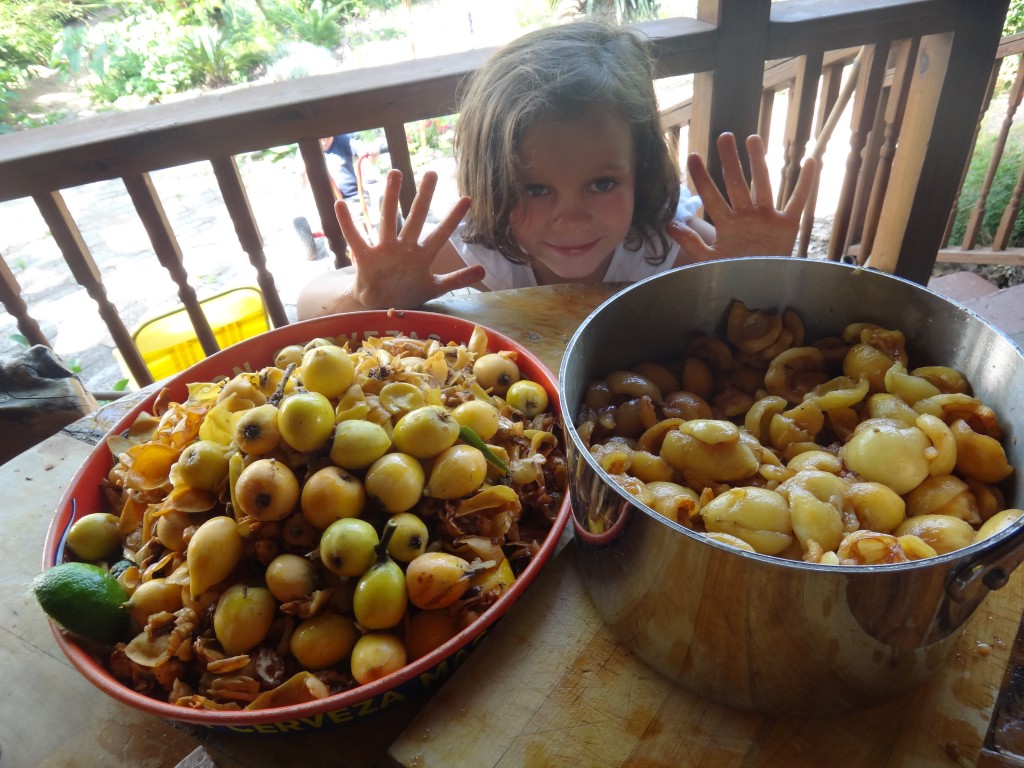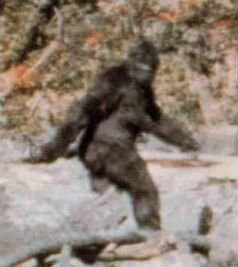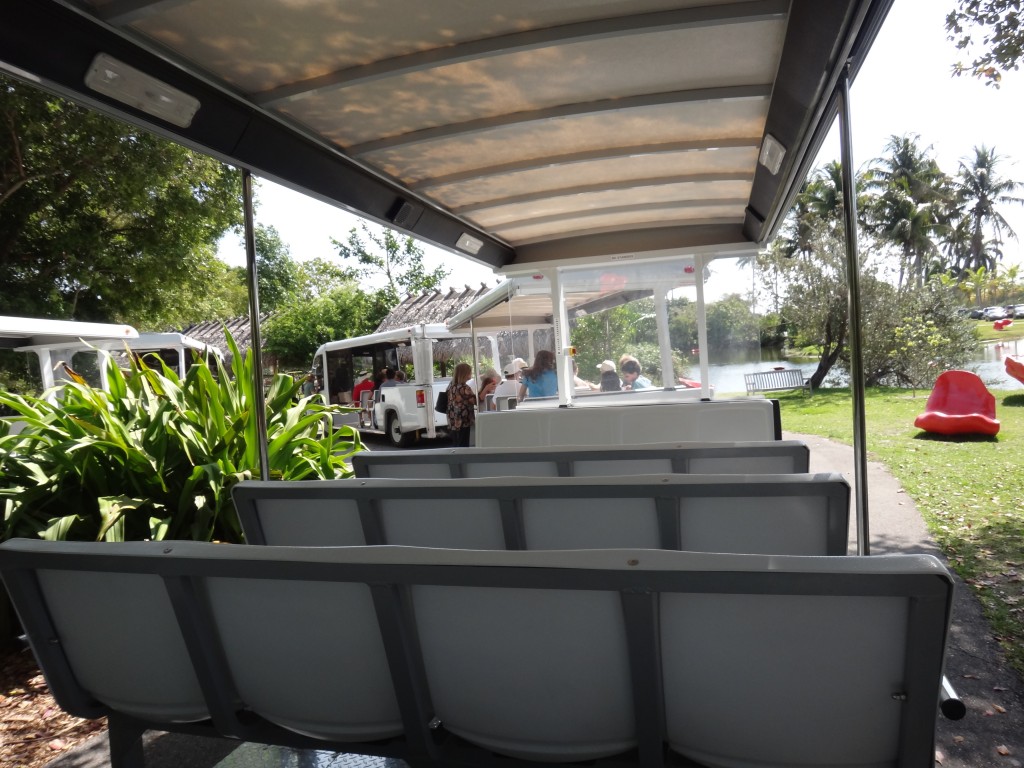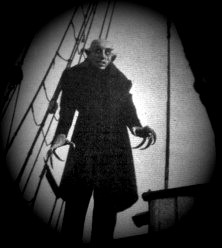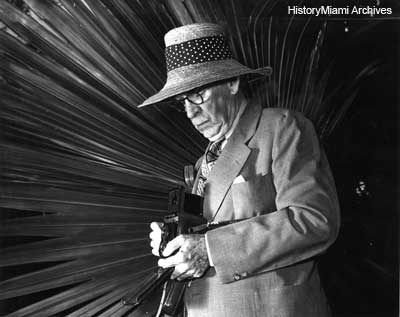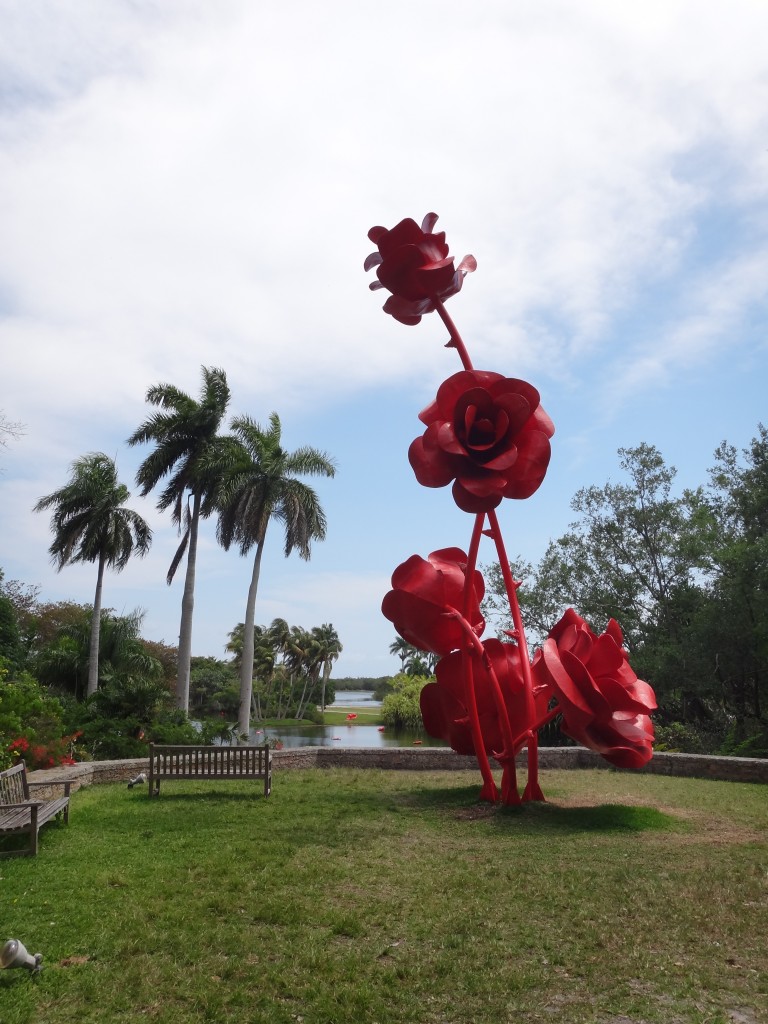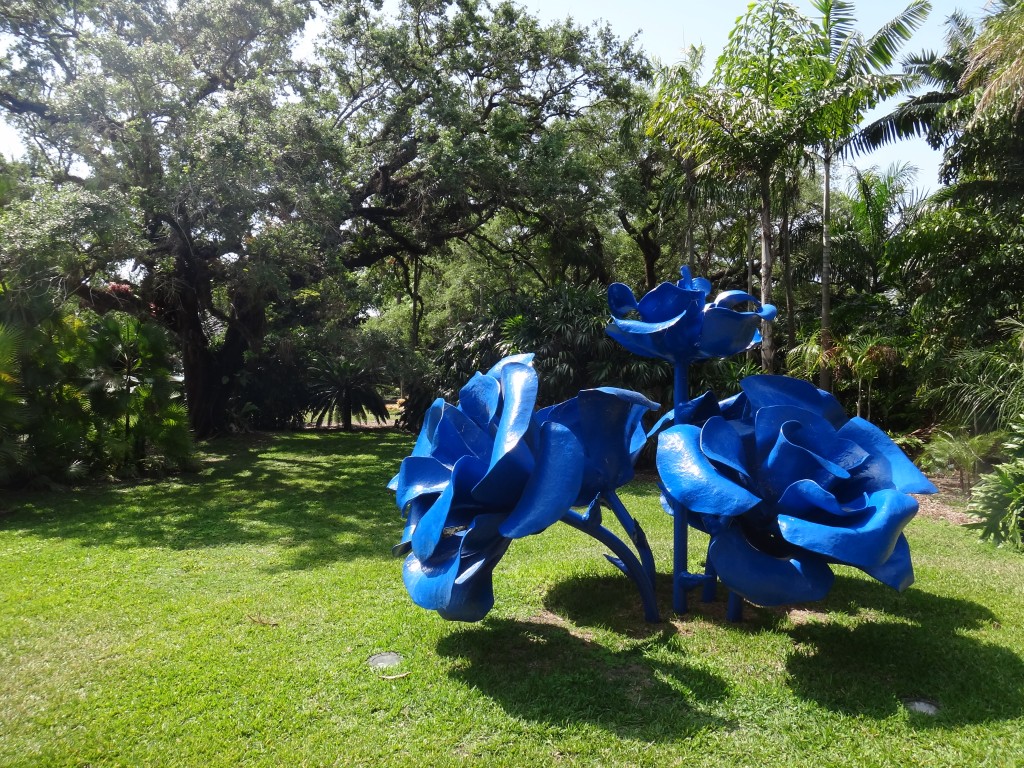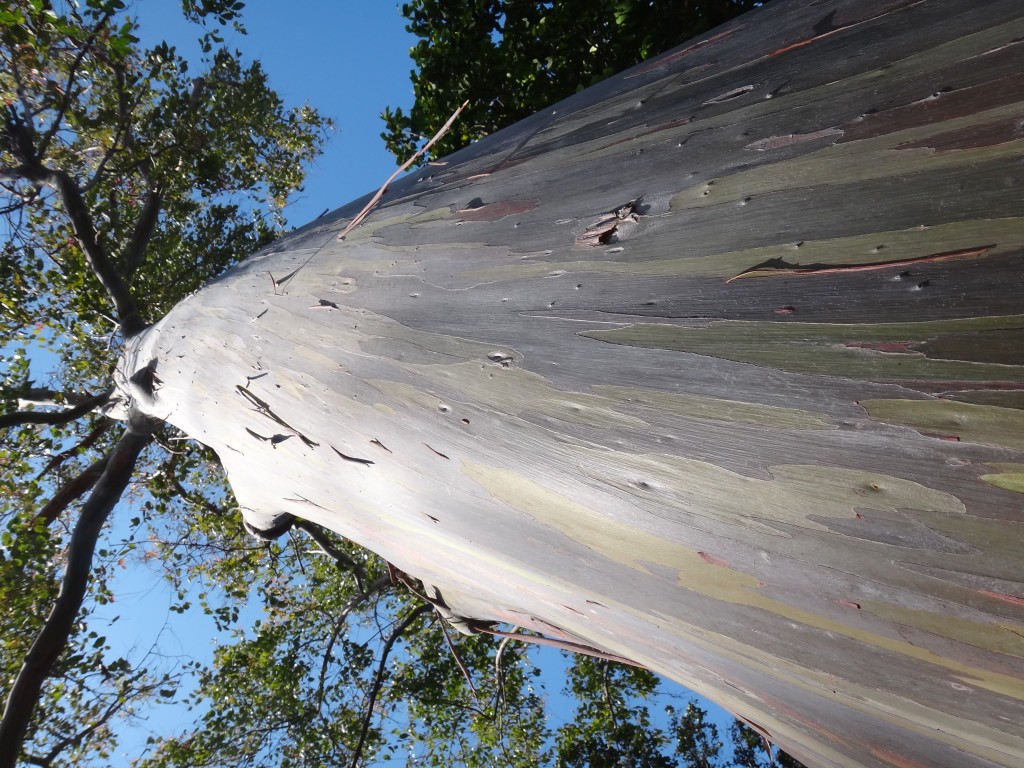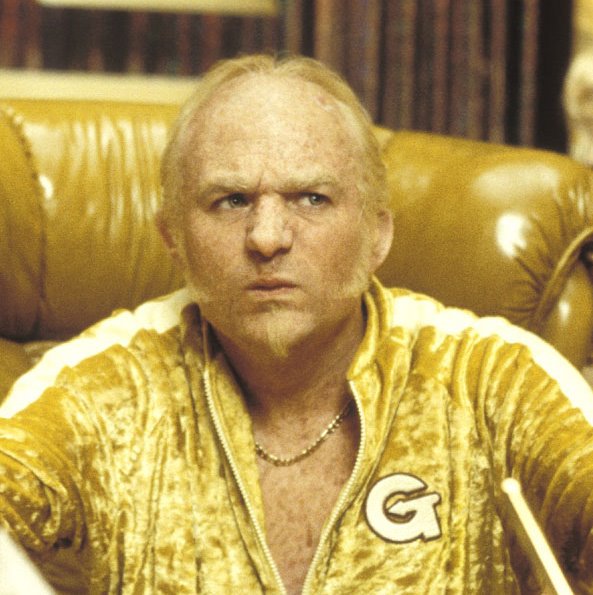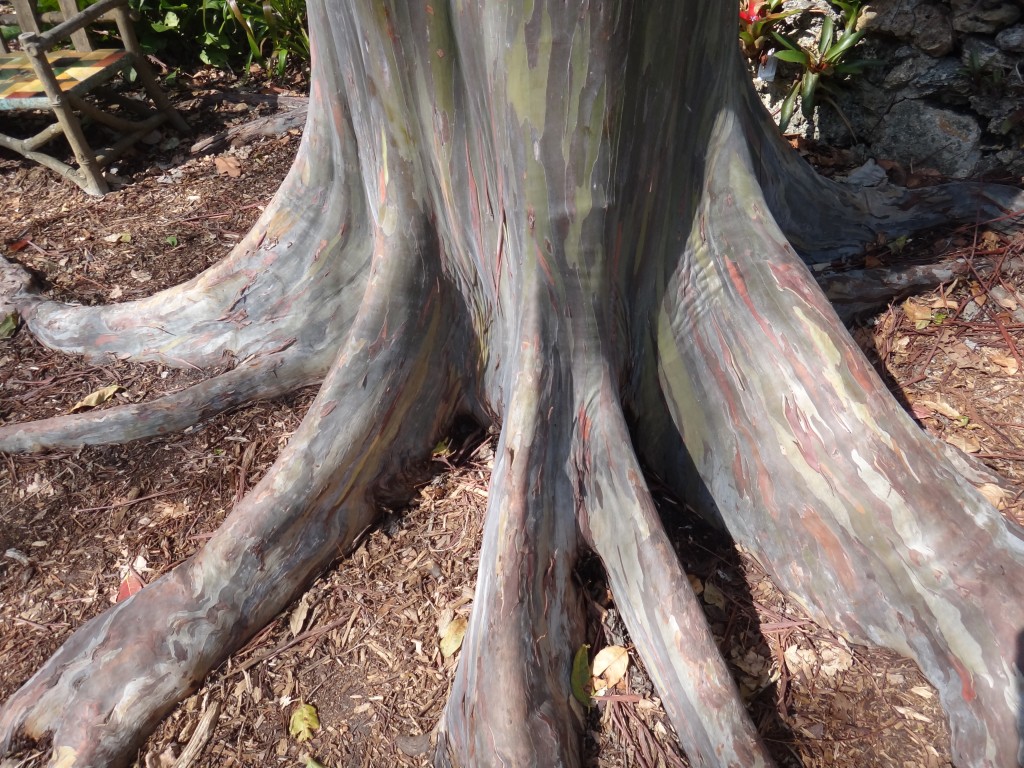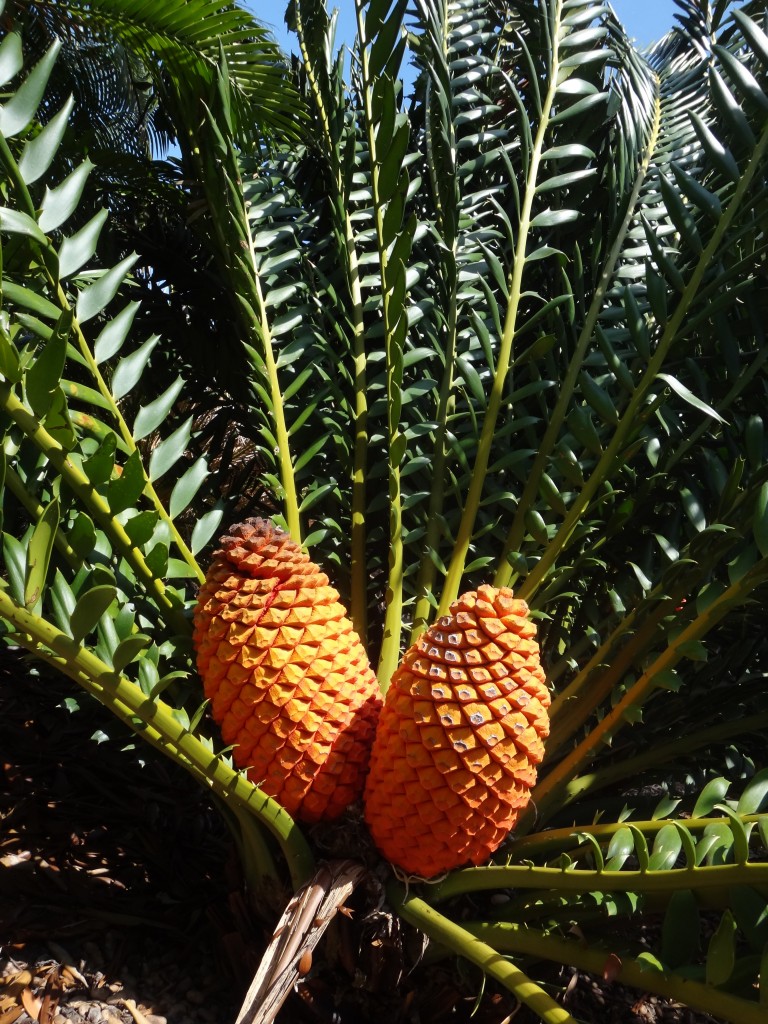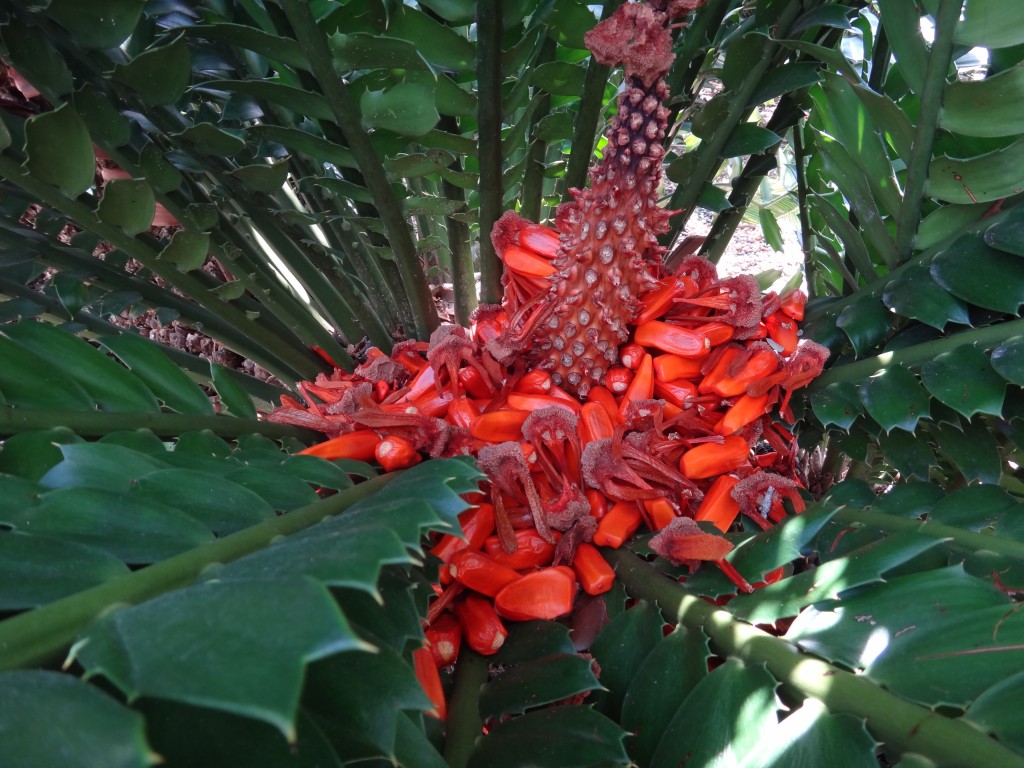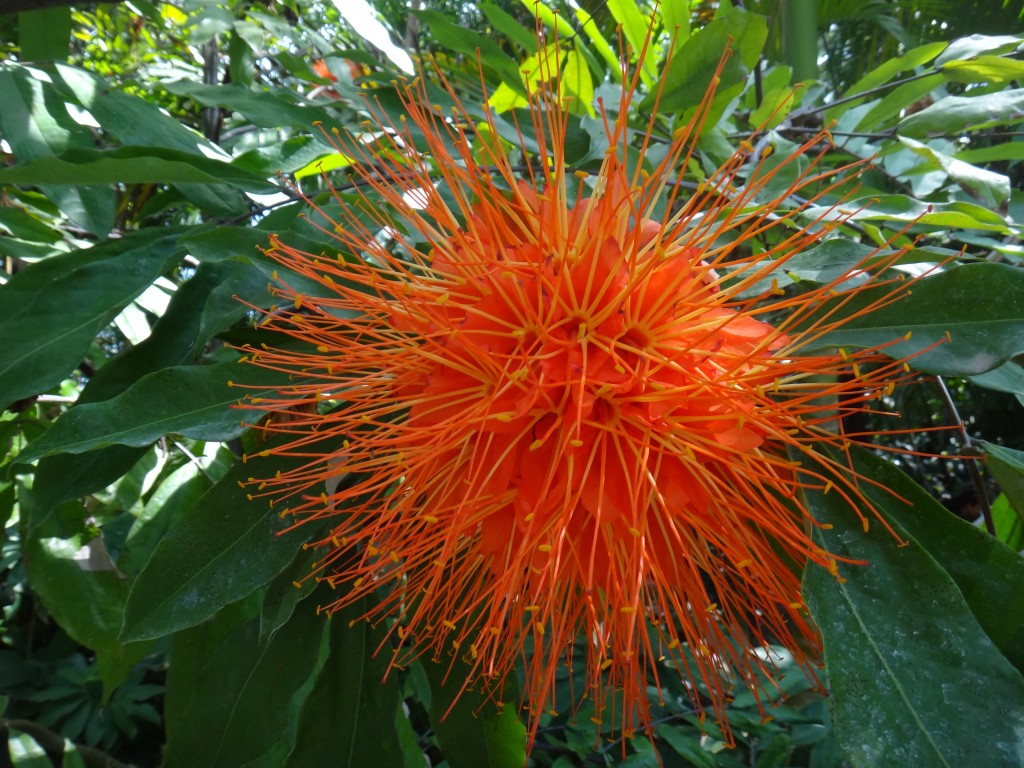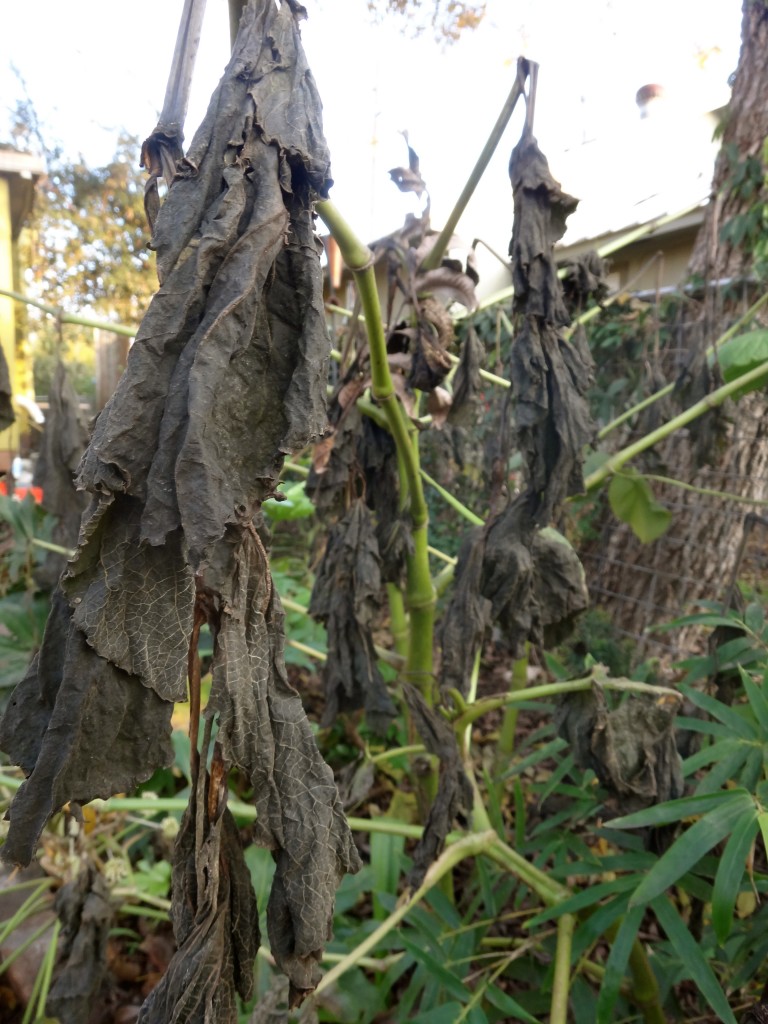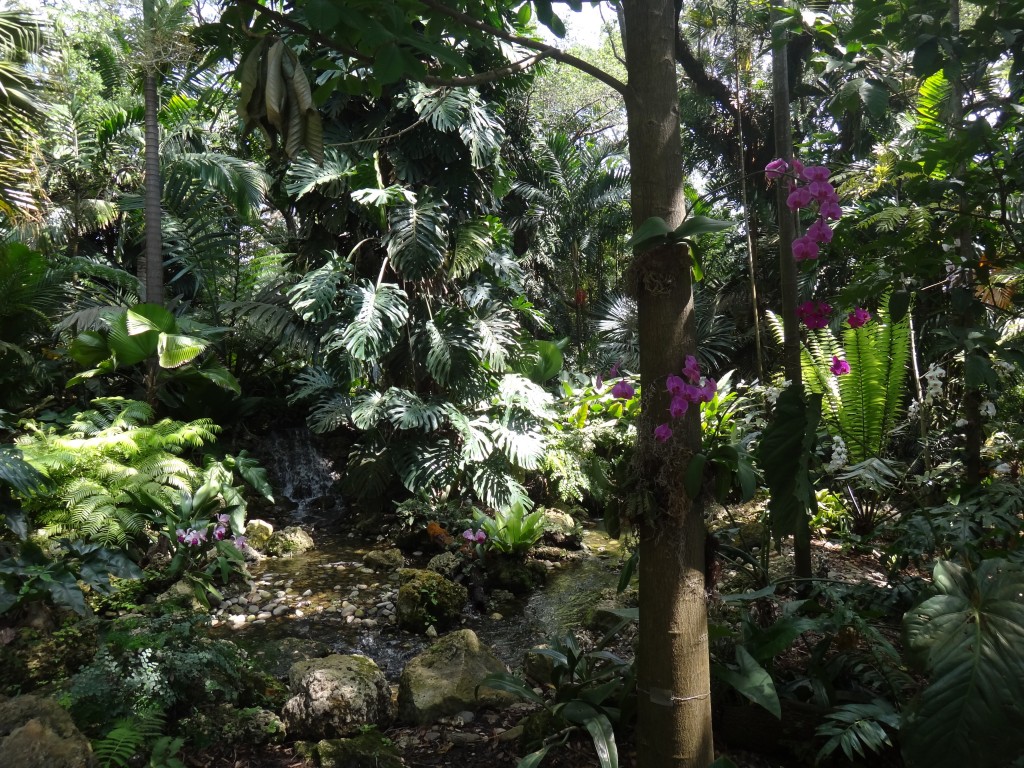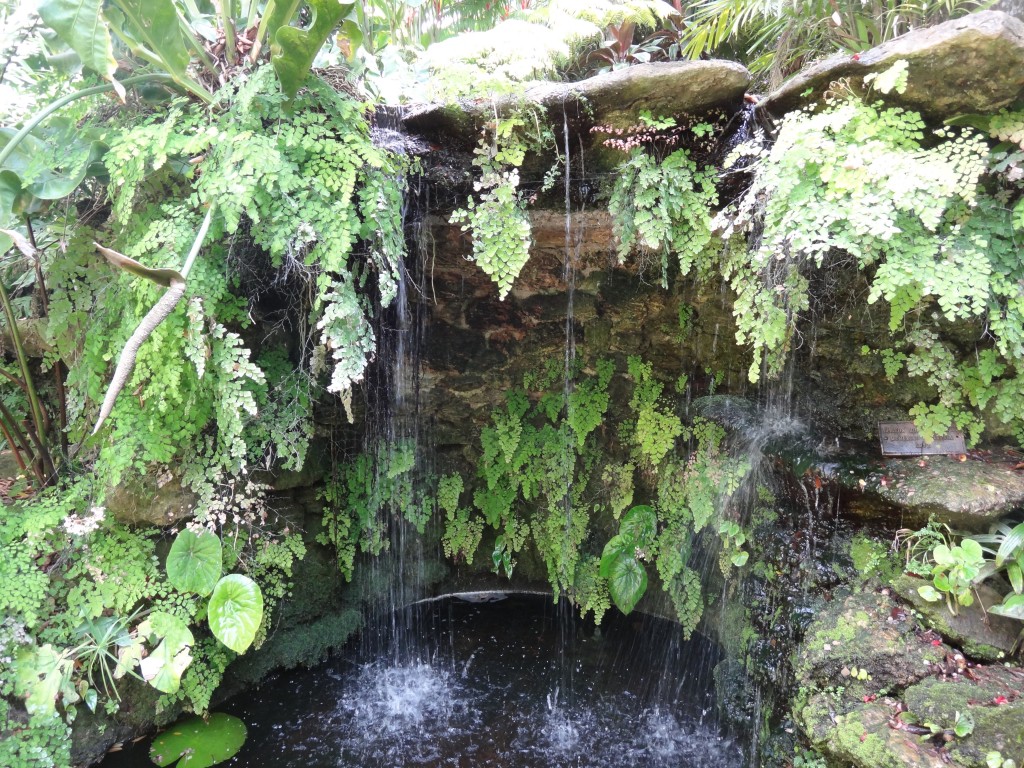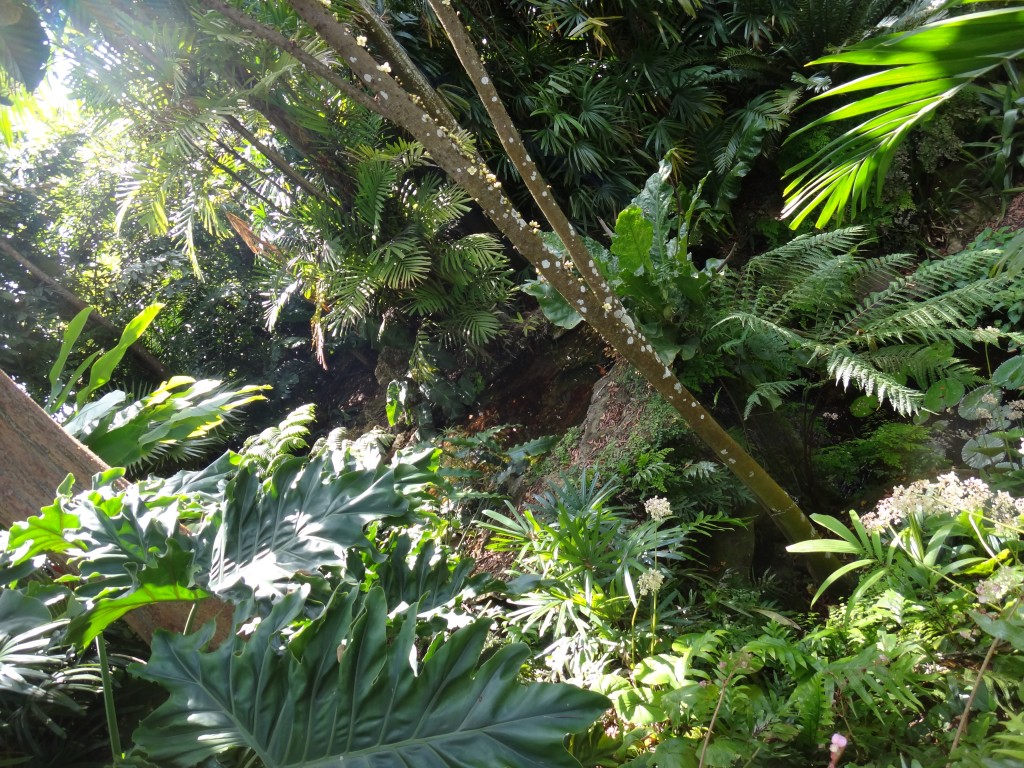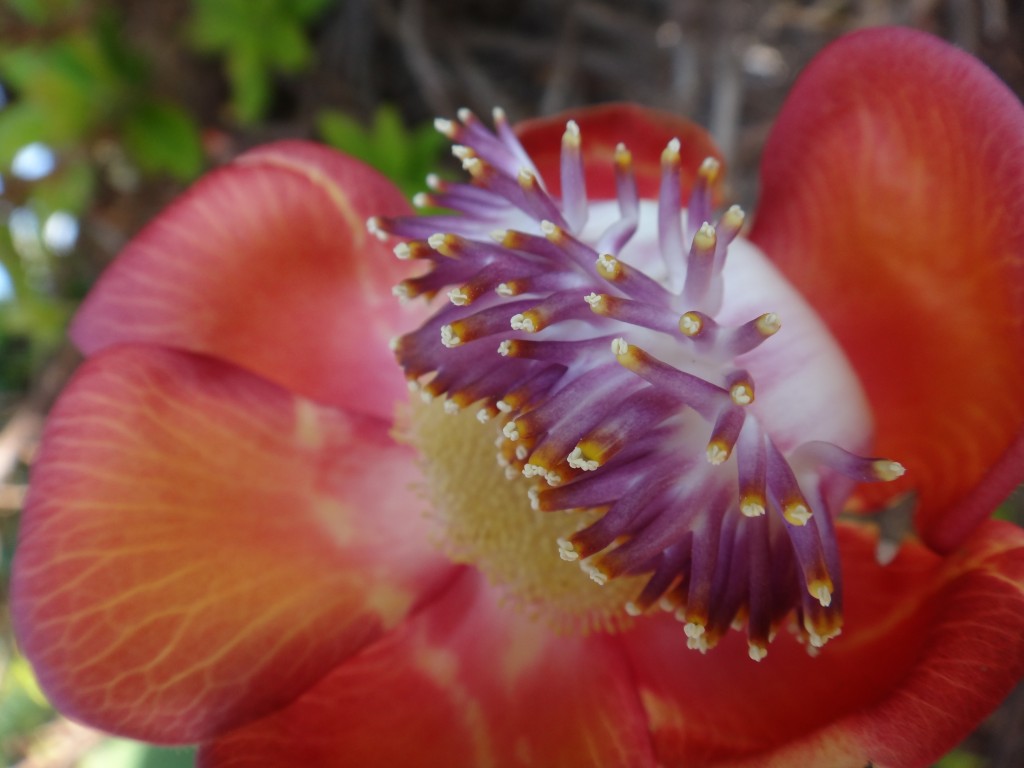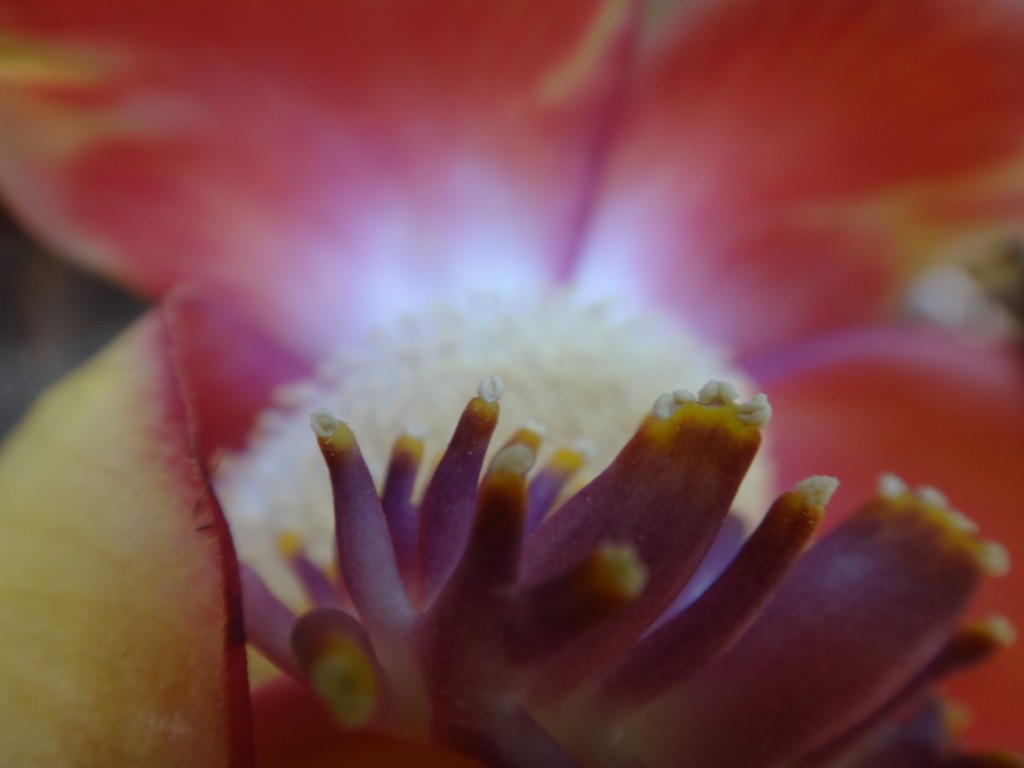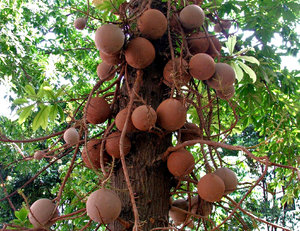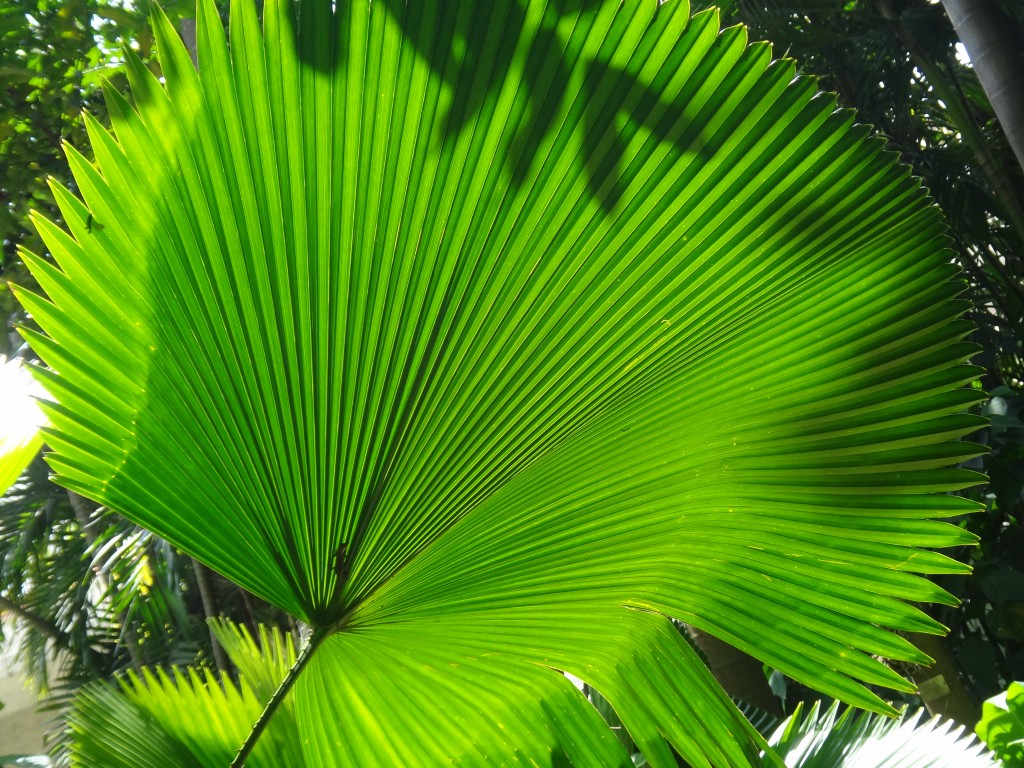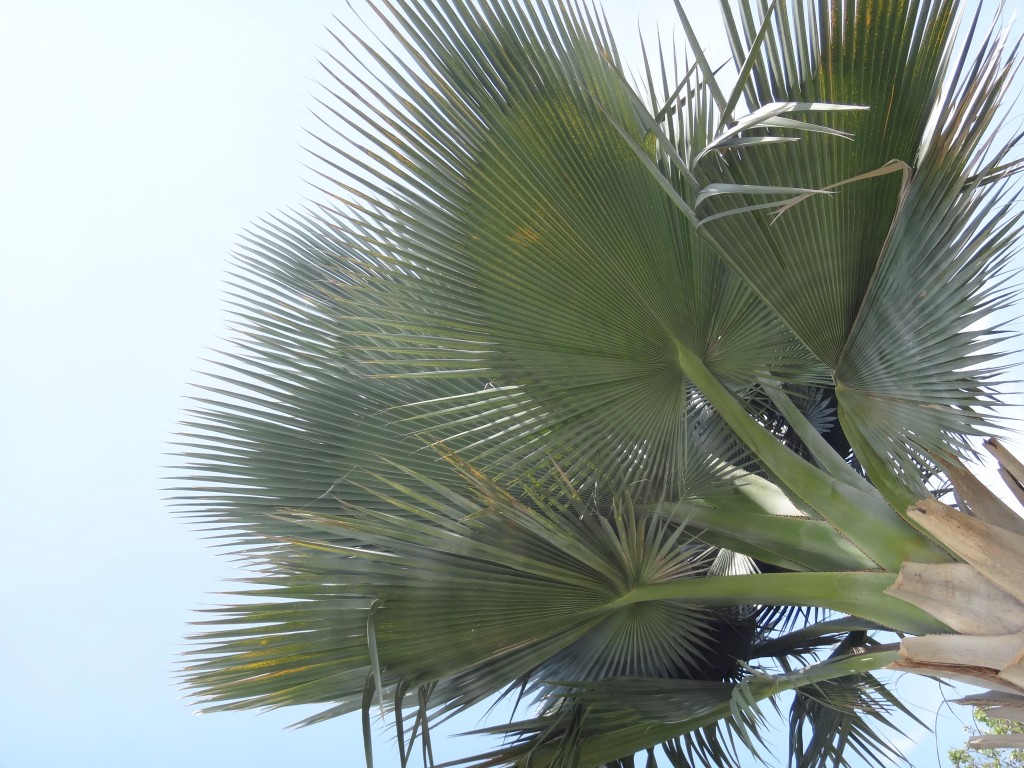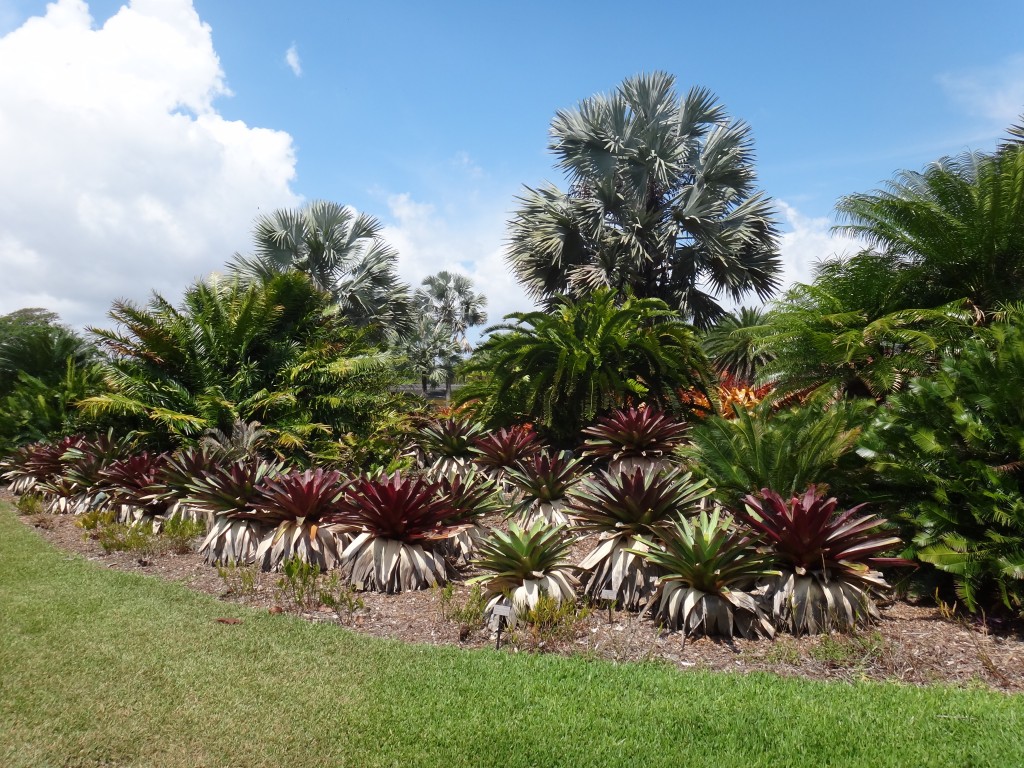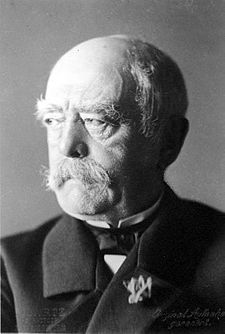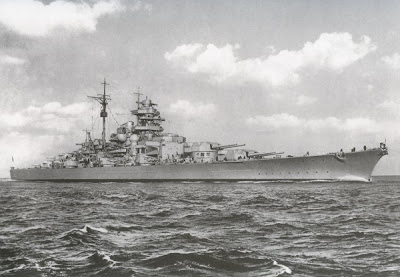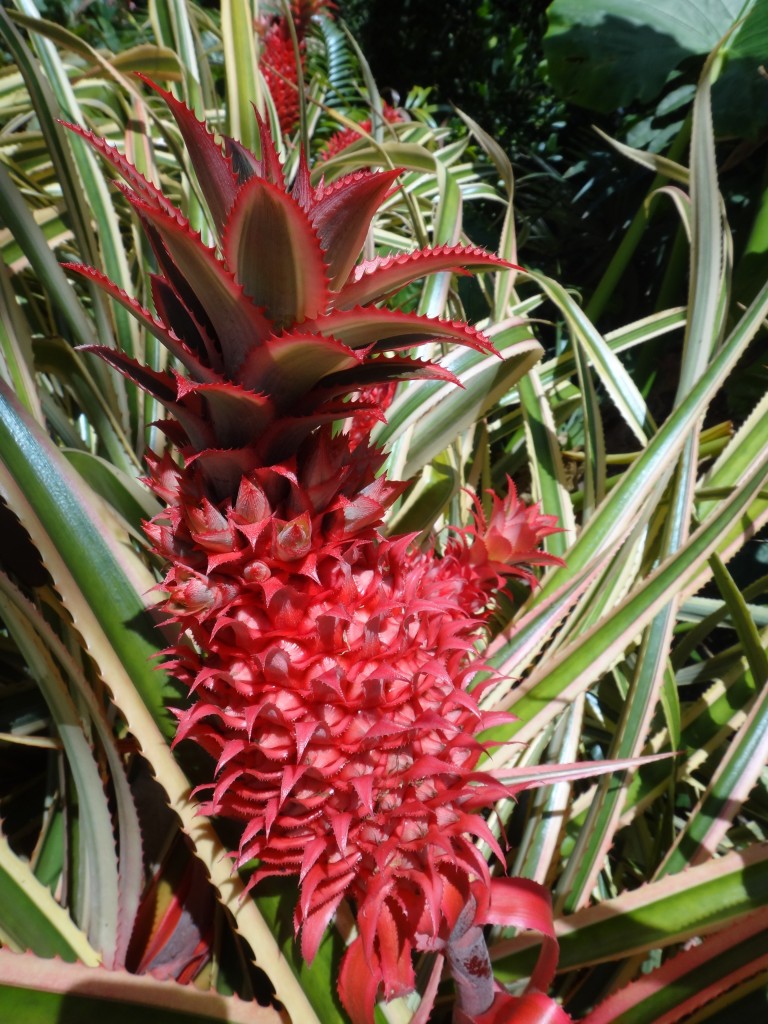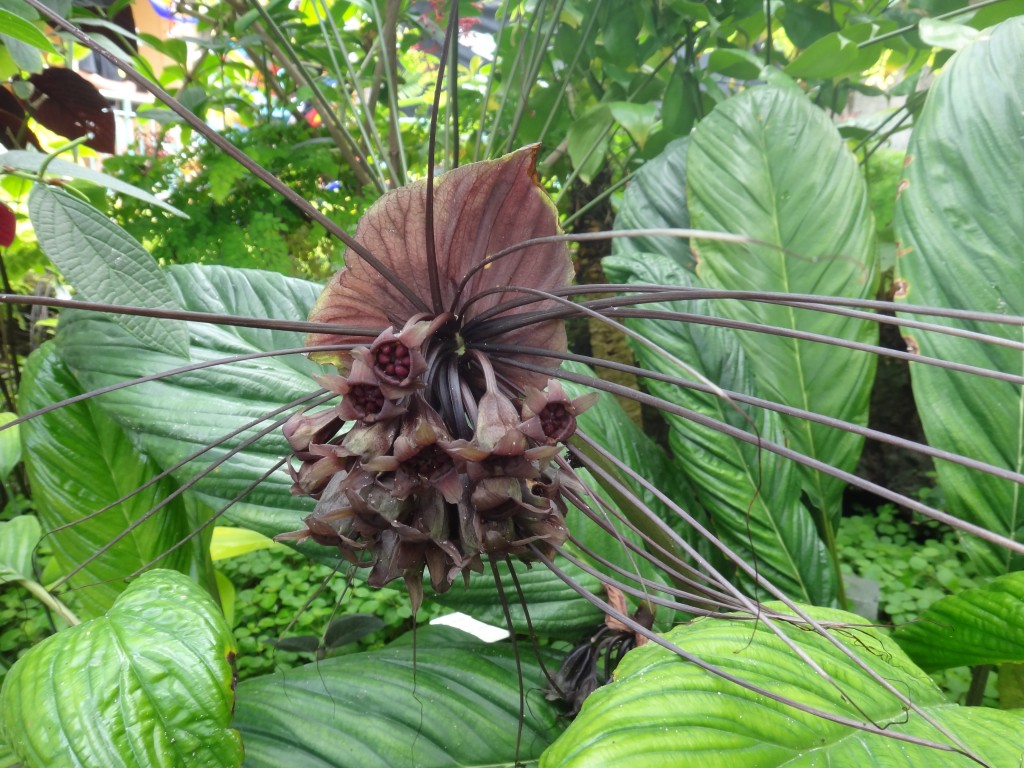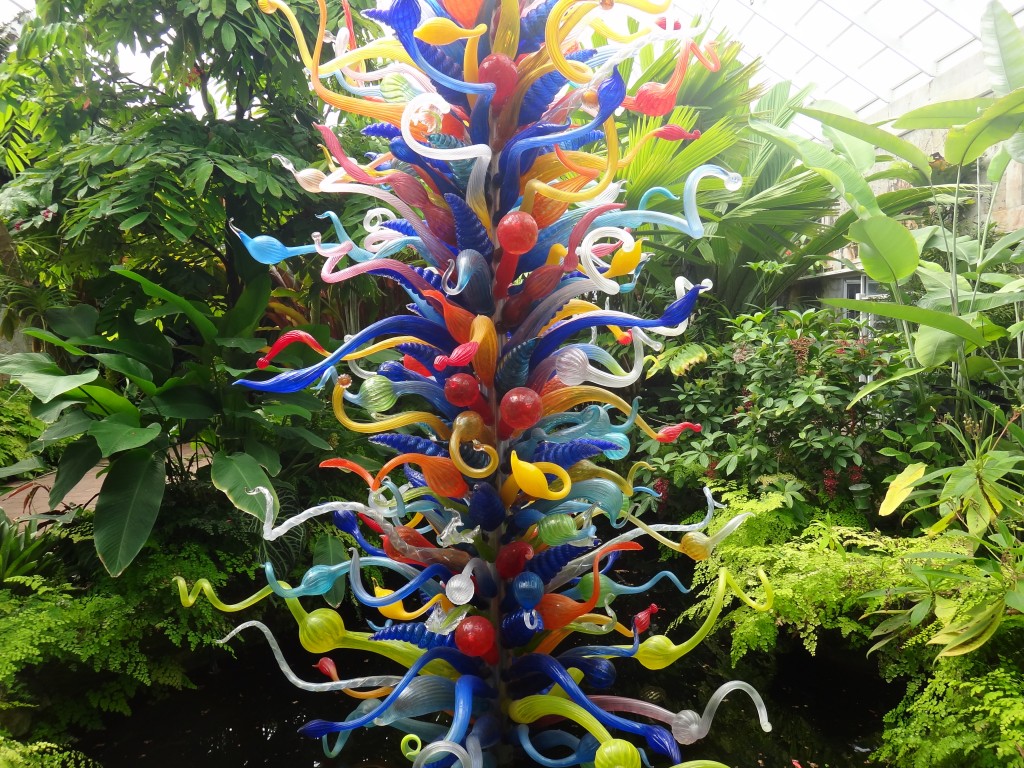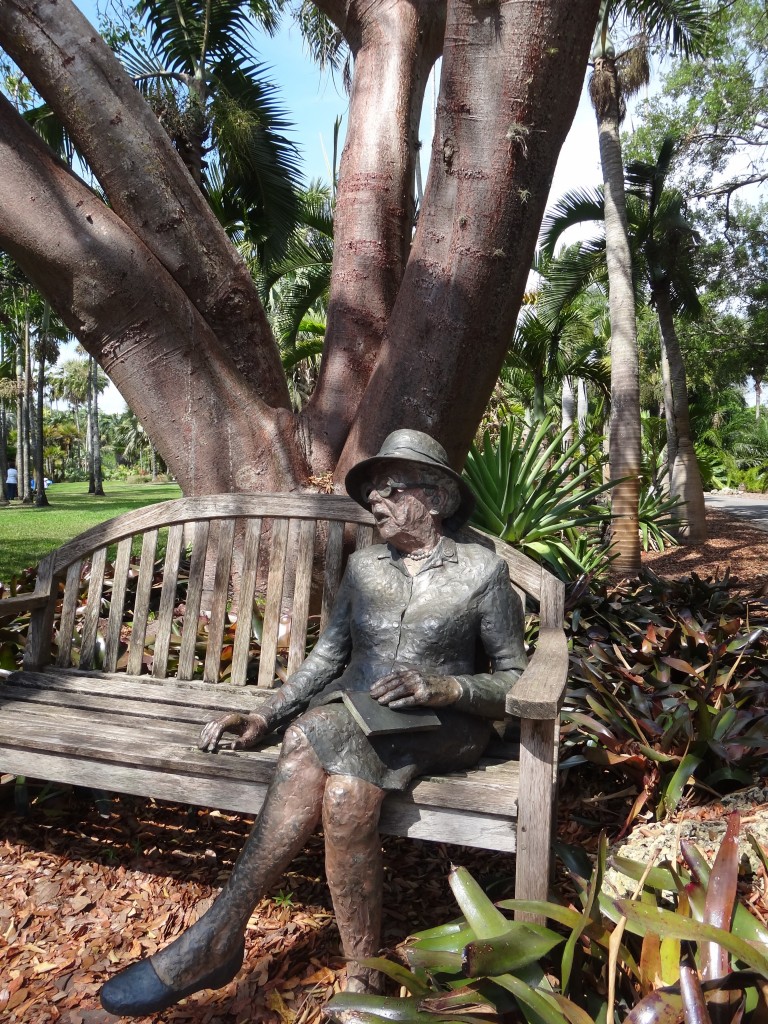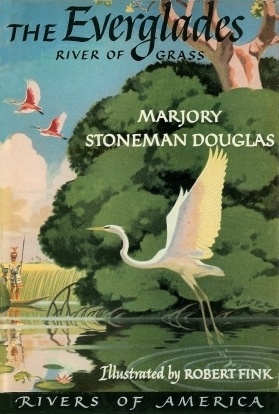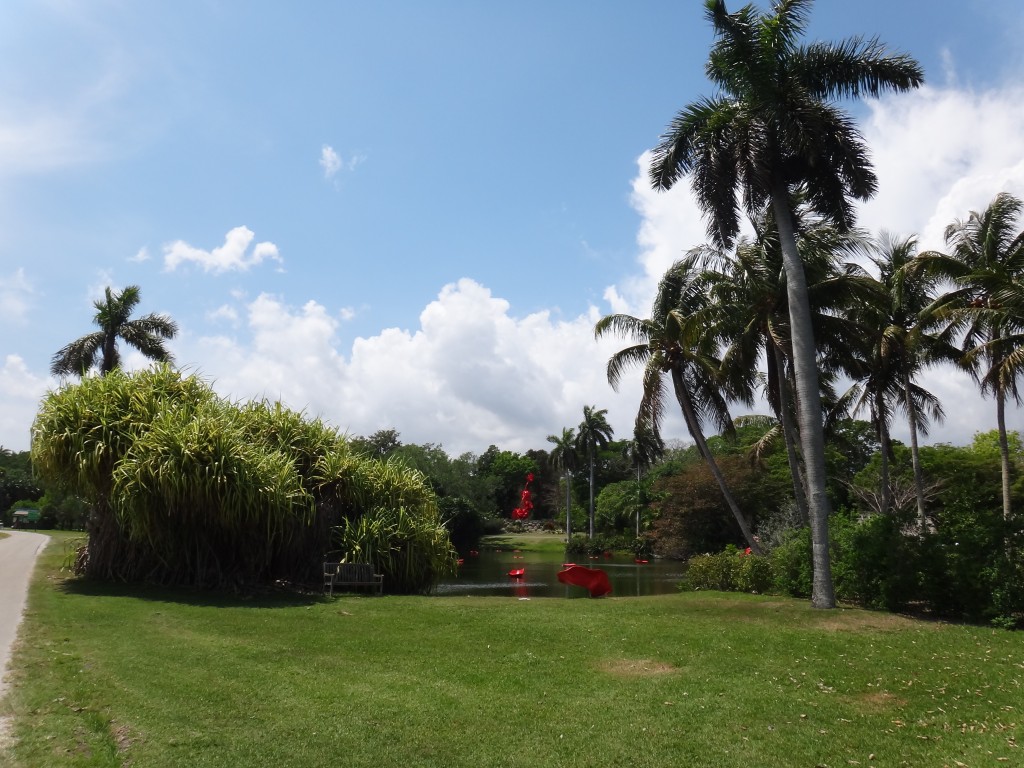Remember this…
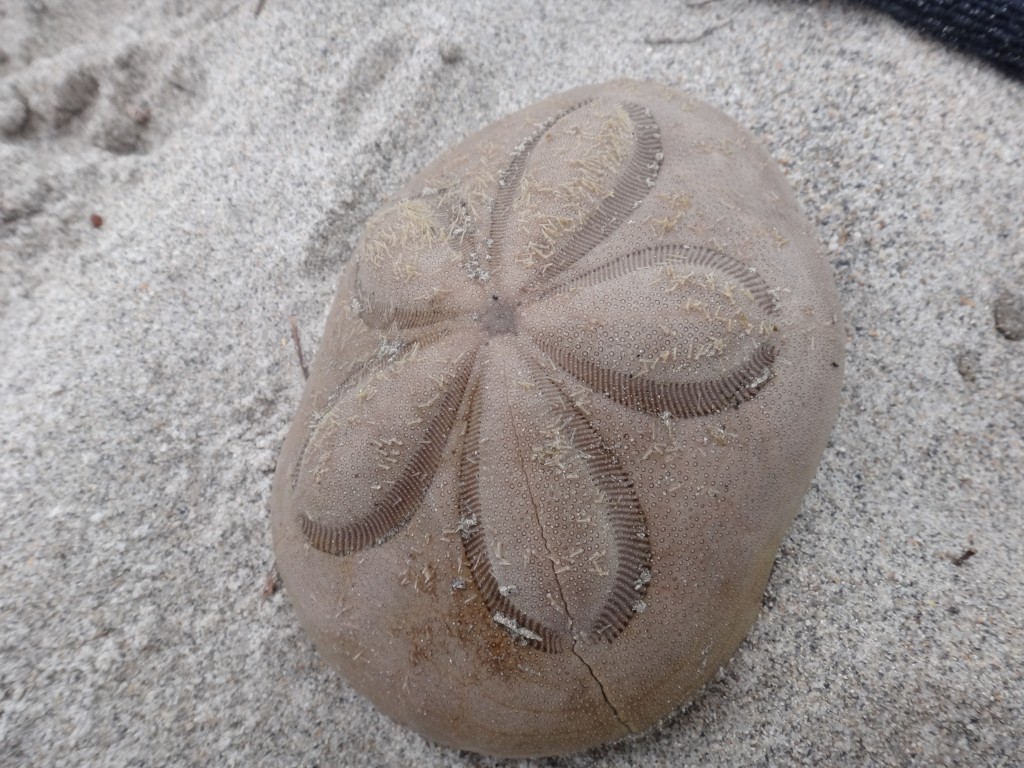
What I thought was a living sand dollar, actually turned out to be a….
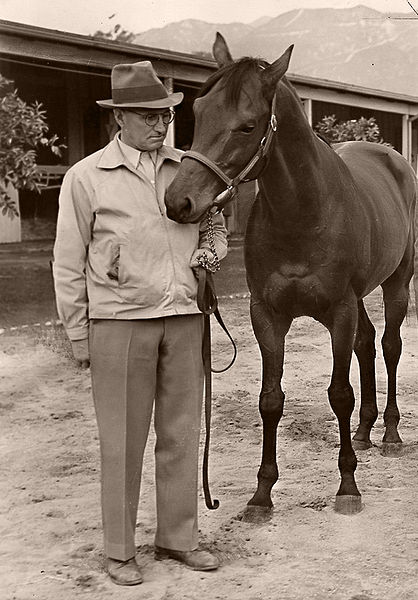
a sea biscuit!
An ocean sea biscuit that is.
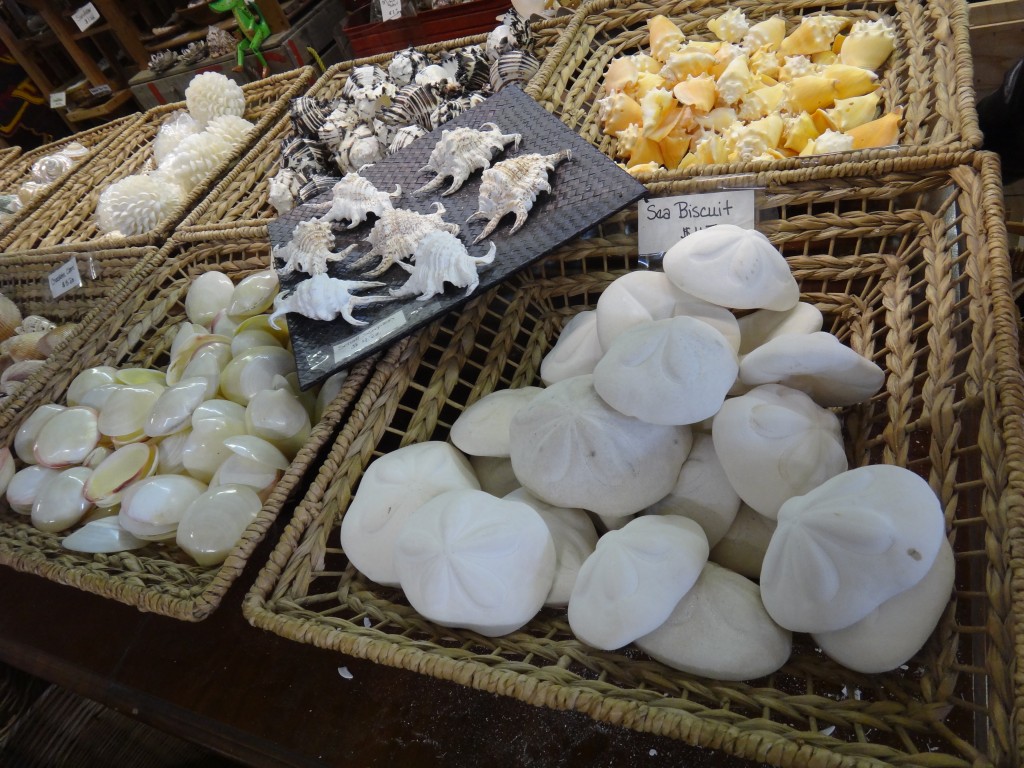
I realized my mistake when I was perusing these shells in a knick-knack / antiques shop in Apalachicola, on my way home from Florida.
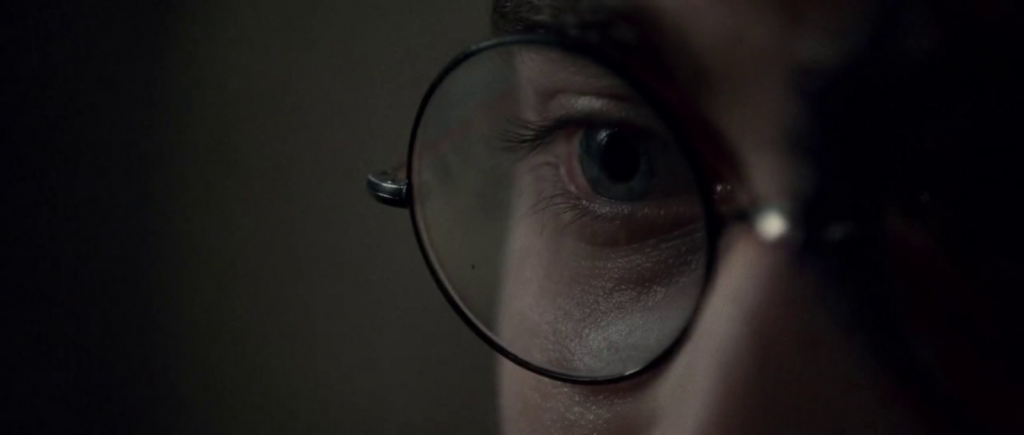
Clipiaster Riticulatus
Sea biscuits are puffy on top and concave underneath whereas sand dollars tend to be smaller and flatter.
I need to back up a little.
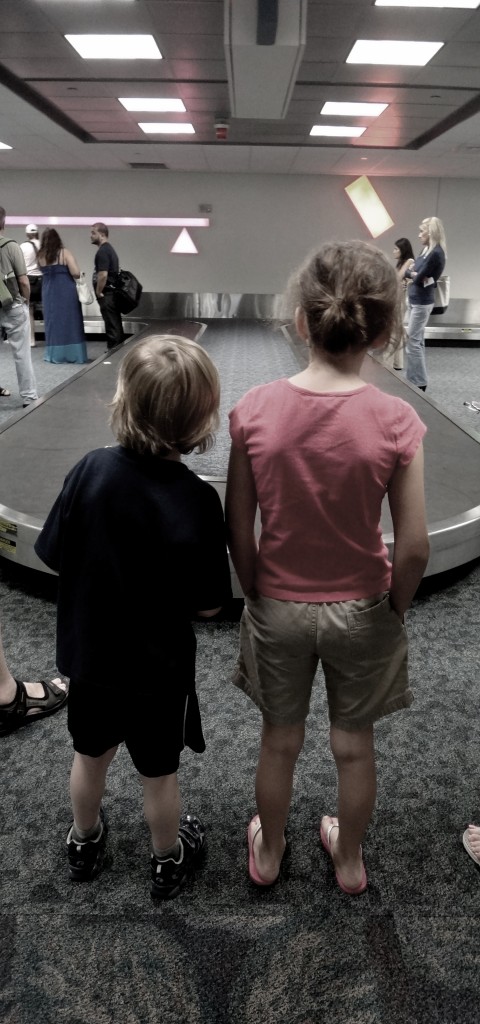
My time in Florida had come to an end.
I met up with my family at Ft Lauderdale airport…“Oh don’t you even think about hopping on that carrousel!”
We had a couple of days of recreation in front of us before embarking on the drive back to Texas.

We decided to visit the Miami Seaquarium where the original Flipper show was filmed.
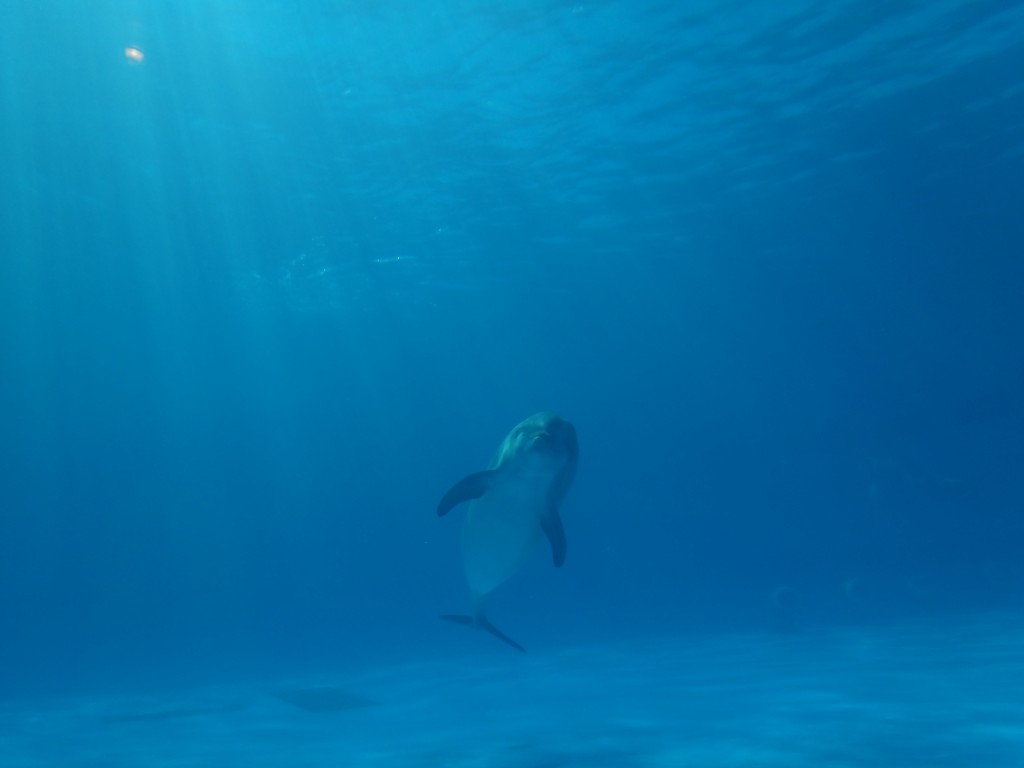
“Flipper?”
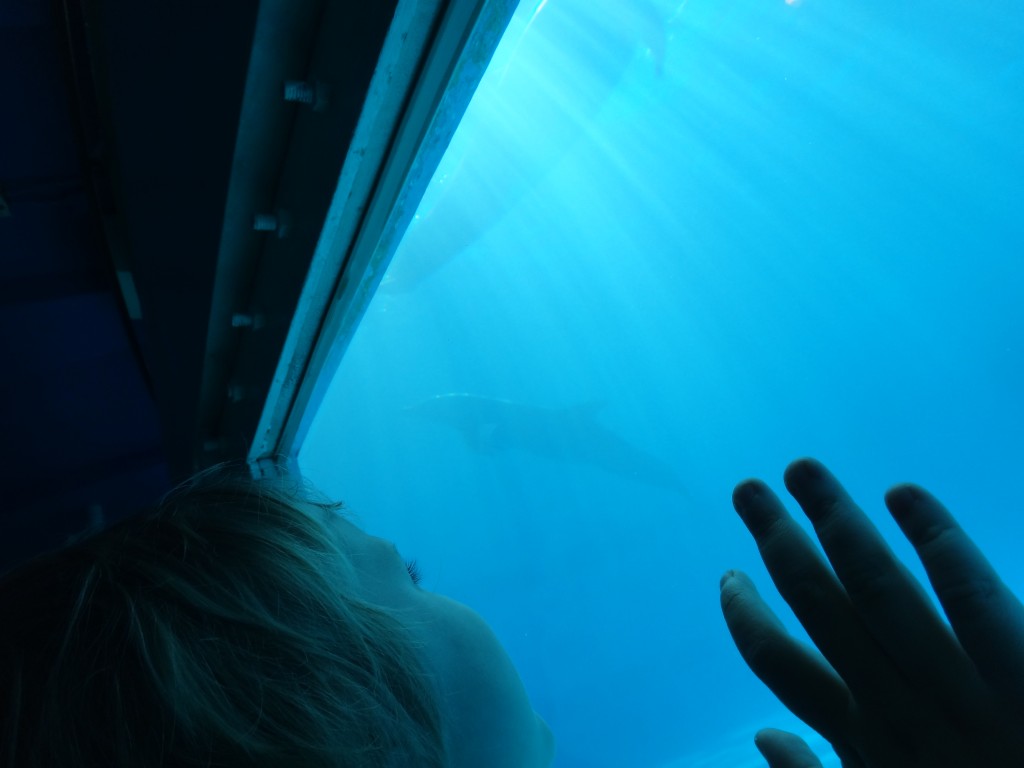
Imaginations ran wild observing the dolphins roaming around in their aquarium.
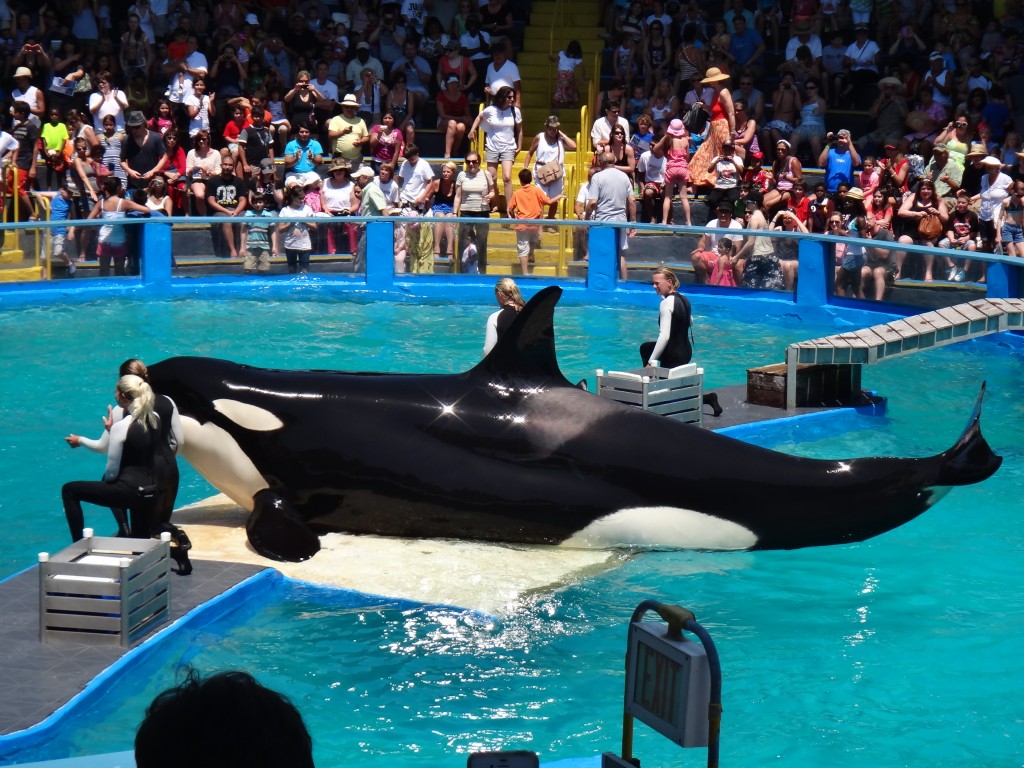
Eyes grew even wider when the star of the show Lolita, an even larger dolphin (Orcinus orca) started soaking the crowd. Lolita was captured in 1970 from the Puget Sound waters and has been performing at the Miami Seaqurium for more than 40 years.
I know they are well looked after, and that some of these creatures are held in captivity because of unfortunate circumstances, but still I struggle with the performing aspect and their confines. In the wild these creatures travel 100 miles in a day.
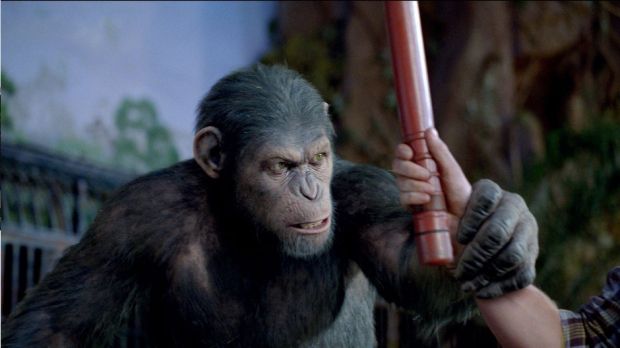
“NOO!”

It was a true Levwold experience.

One final trip to the beach,
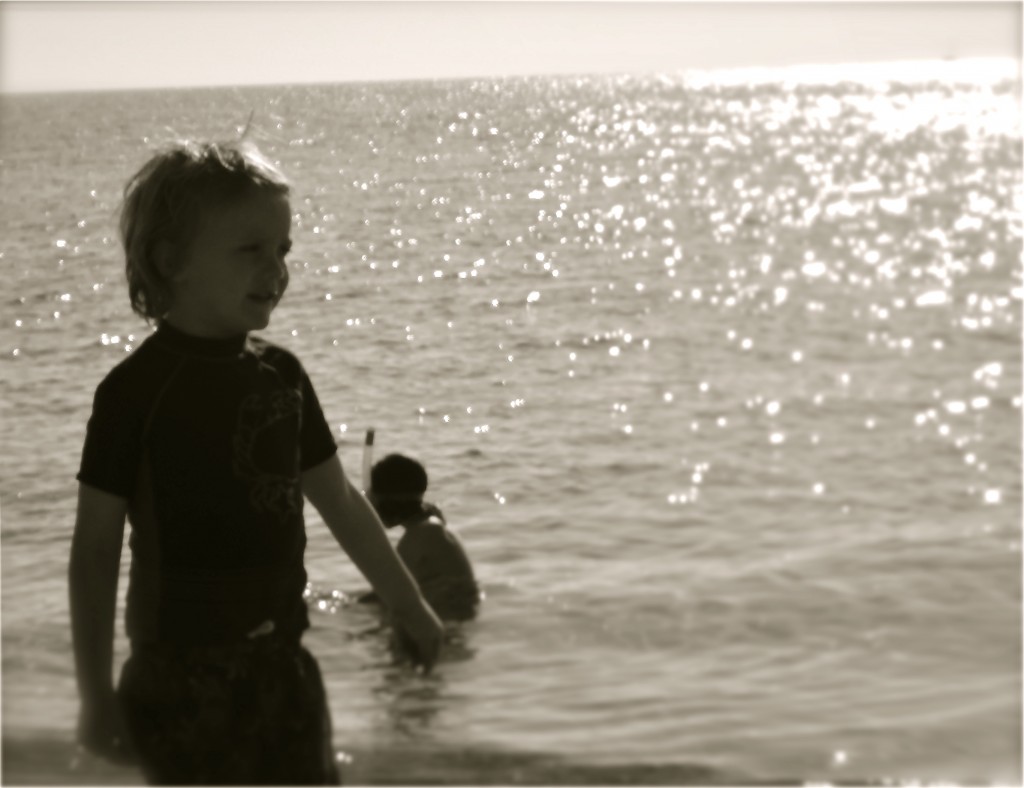
for a snorkel,

a sandcastle, and another
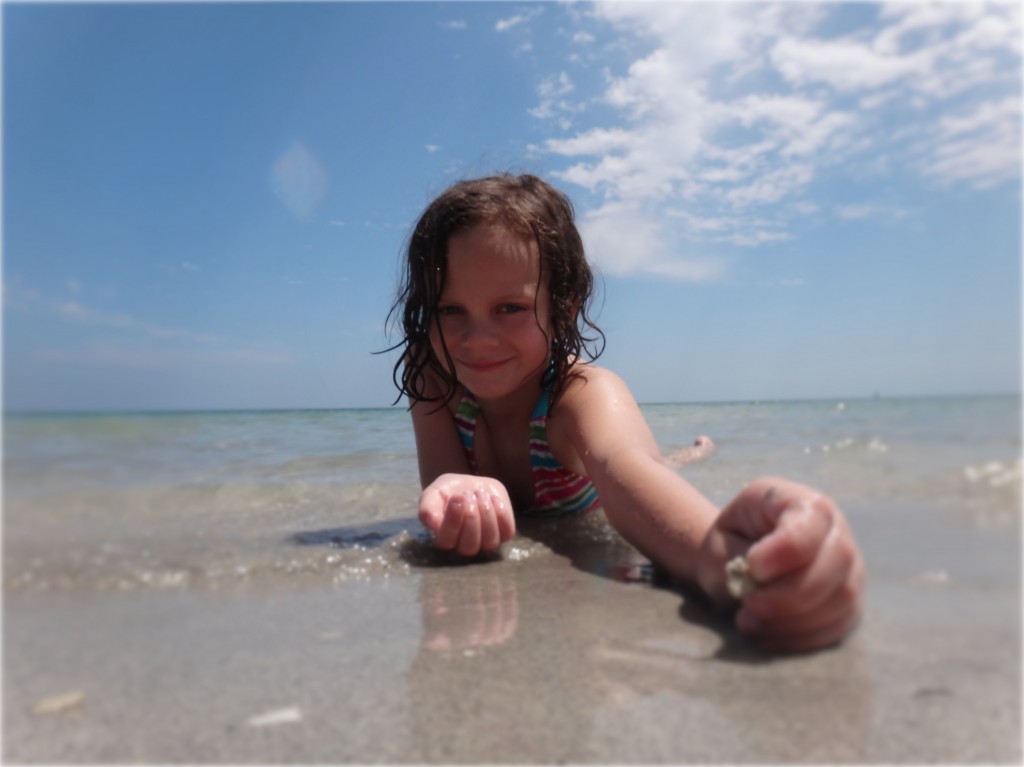
sea-shell hunt.
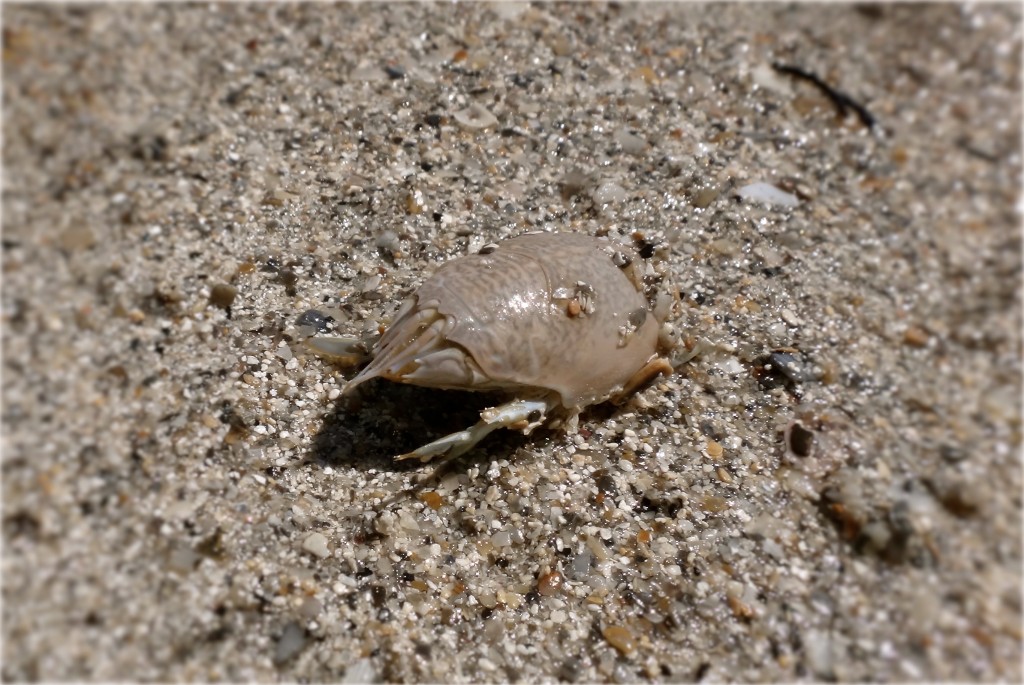
The hunt was somewhat abbreviated after discovering this rather disturbing creature burrowing into the sand… Brrr.
This roachy-crabby-rollypoly creature is commonly called a sand flea, they are otherwise known as mole crabs.
Emerita talpoidea
They are very common and apparently make for great fishing bait.
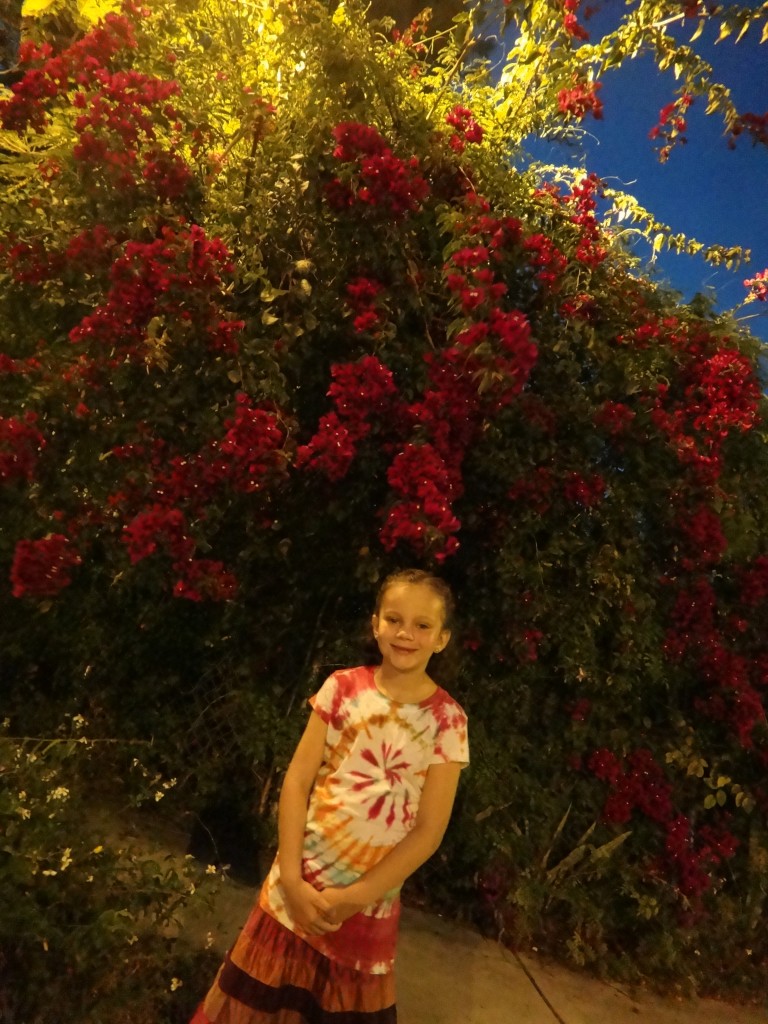 After an equally abbreviated sleep, (it was a 3.am rise), we hit the toll-road doing 95, “let them truckers roll, 10.4” and kept up the pace for a good three hours, “making time” through a good portion of Florida…
After an equally abbreviated sleep, (it was a 3.am rise), we hit the toll-road doing 95, “let them truckers roll, 10.4” and kept up the pace for a good three hours, “making time” through a good portion of Florida…
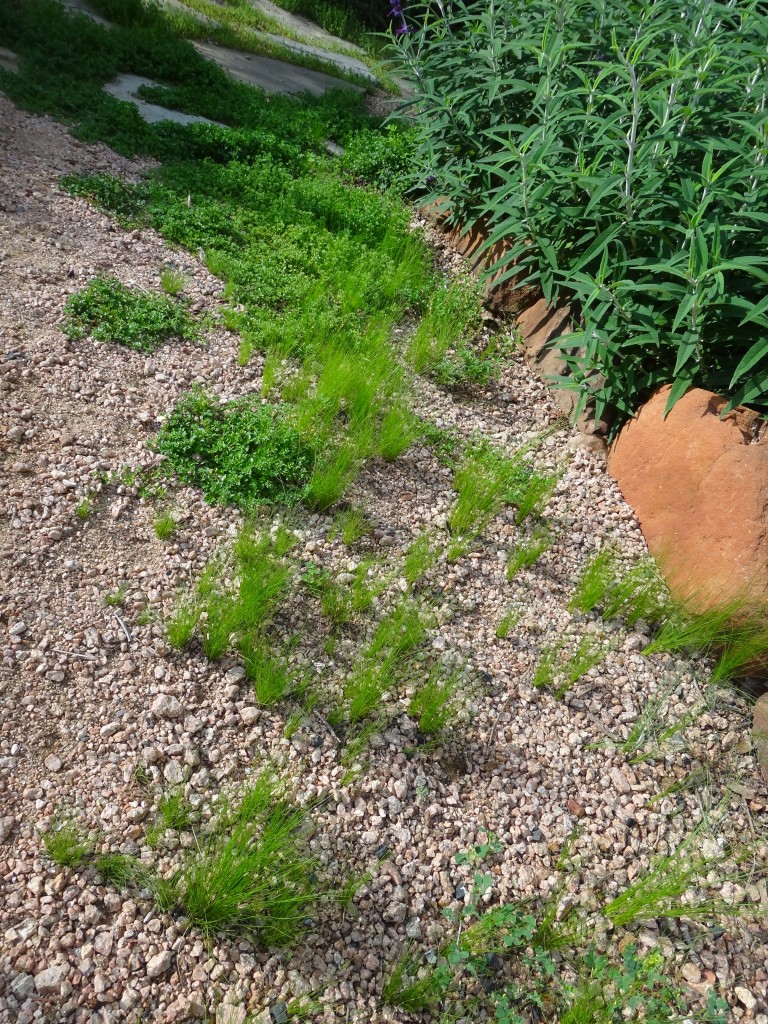 Like these baby feather grasses and chickweed. It is a good job I have a couple of hundred small pots on hand, I think I am going to need them.
Like these baby feather grasses and chickweed. It is a good job I have a couple of hundred small pots on hand, I think I am going to need them.Passiflora coccinea
.
and spent some significant zen-time preparing.
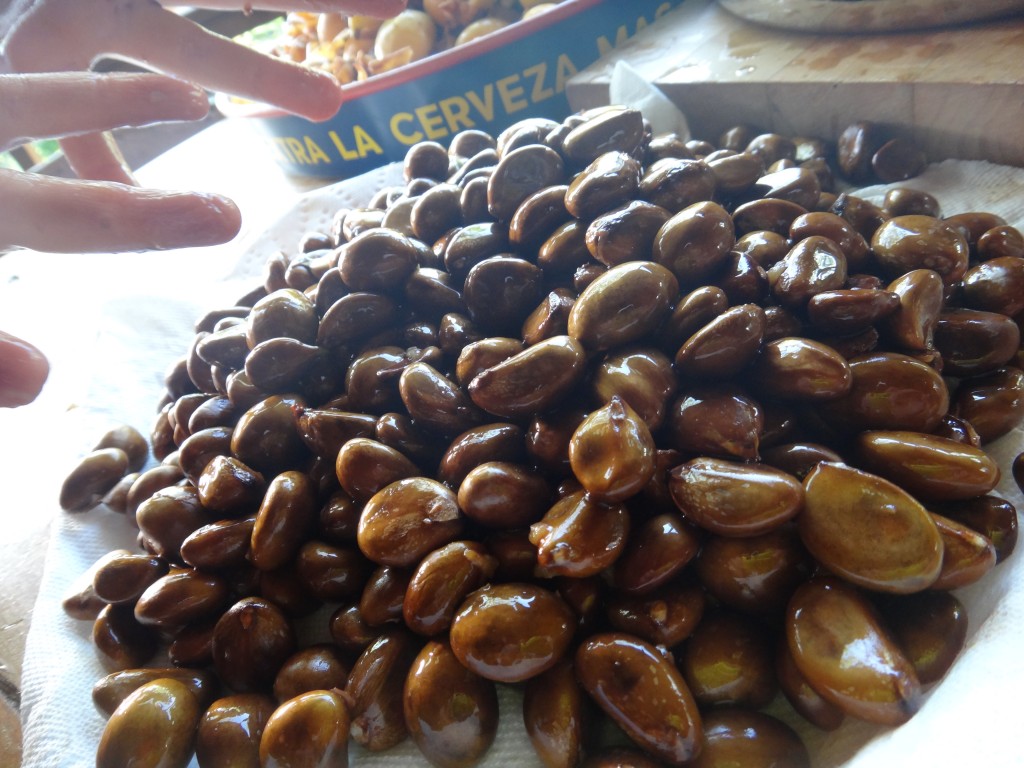
It took us long enough to shrivel and stain fingers, and based on these sticky seeds, it looks like I will have lots and lots of small loquat trees in my future. The fruit made great margaritas, thanks Cheryl over there at the Conscious Gardening
Finally:
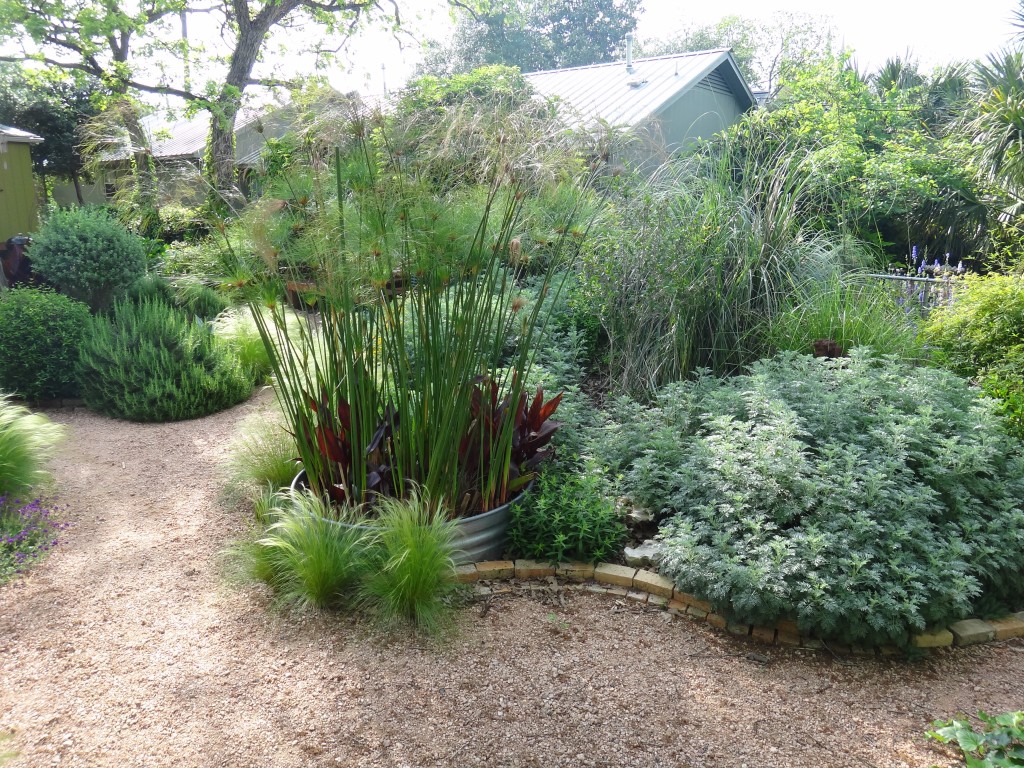
I do not recall my artemesia looking so healthy,
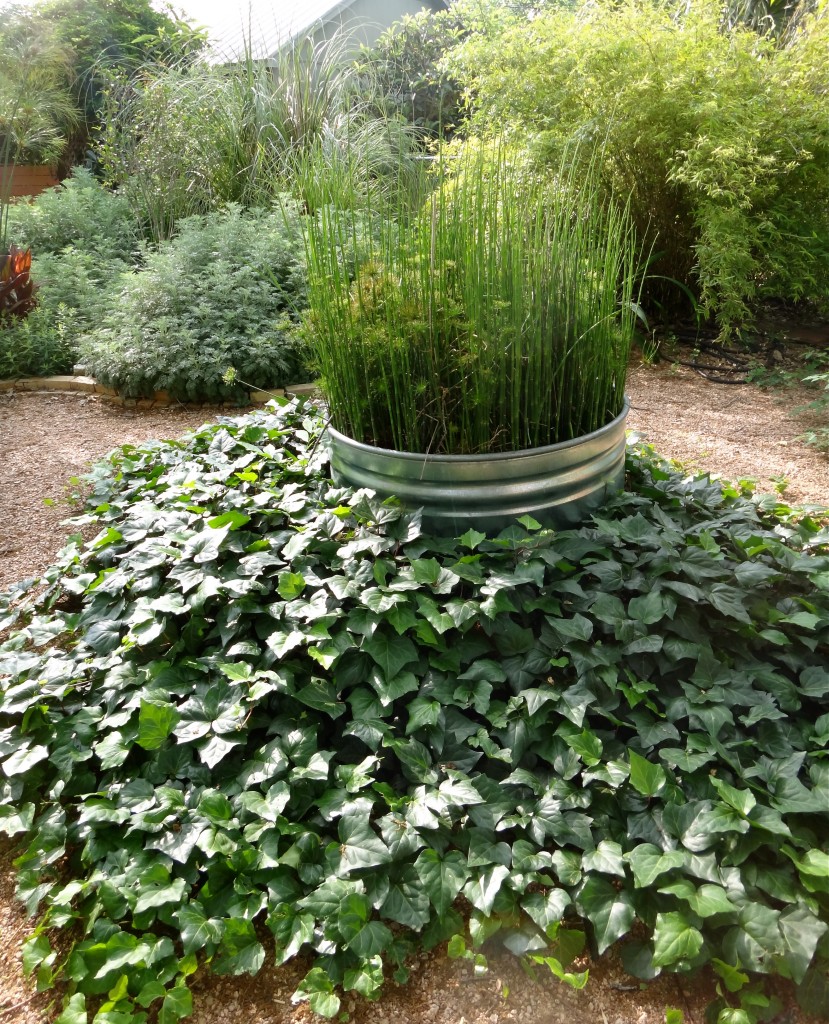
and this Persian ivy requires some immediate training.
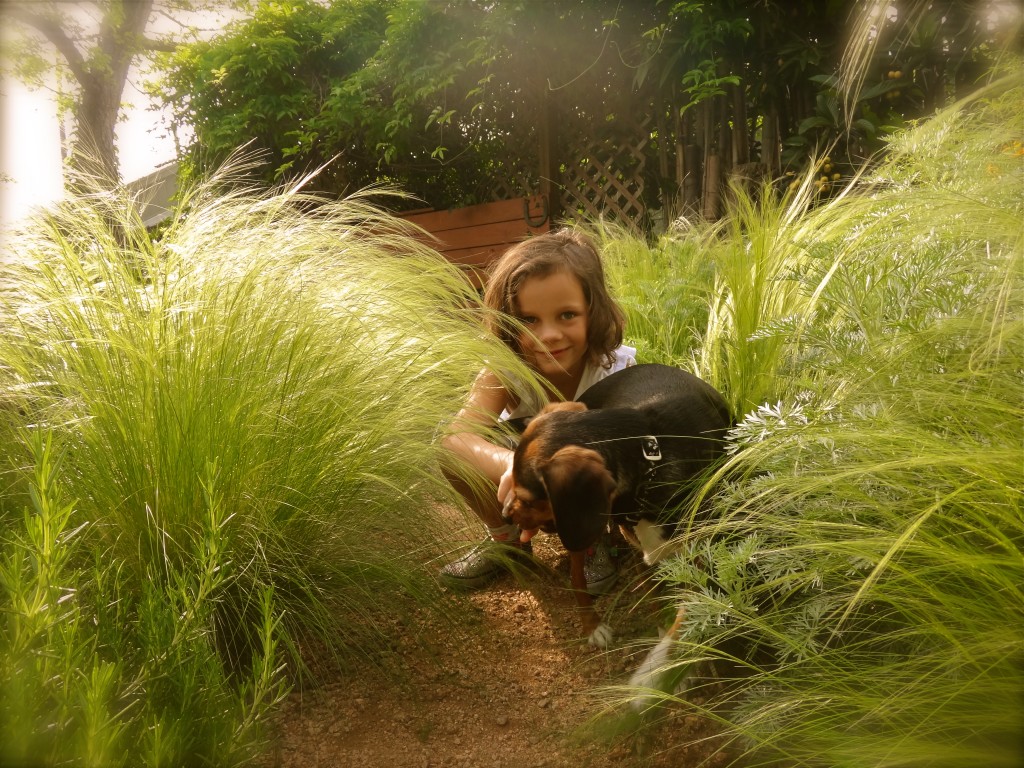
Home sweet home.
Stay Tuned for:
“Exploding Goldfish!”
All material © 2012 for eastsidepatch. Unauthorized
intergalactic reproduction strictly prohibited, and
punishable by late (and extremely unpleasant)
14th century planet Earth techniques.
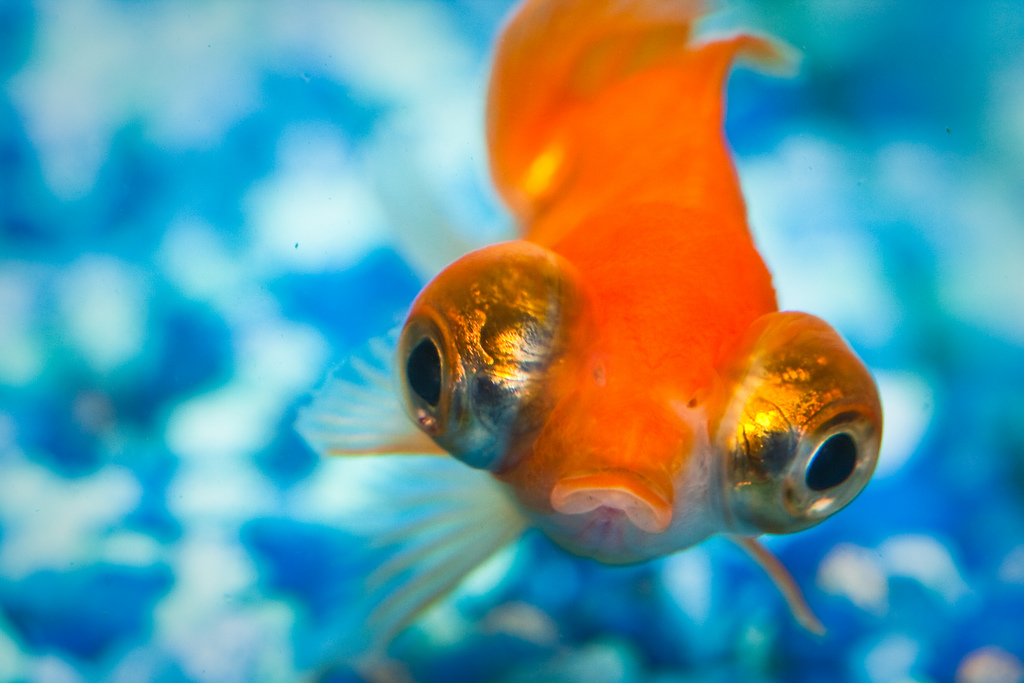
Bewilderment by Benson Kua

